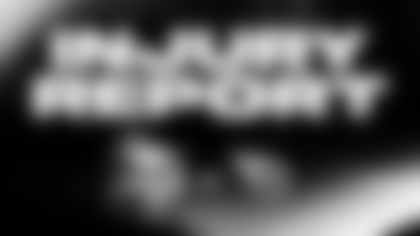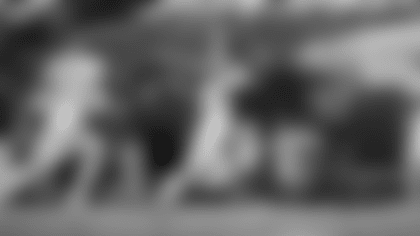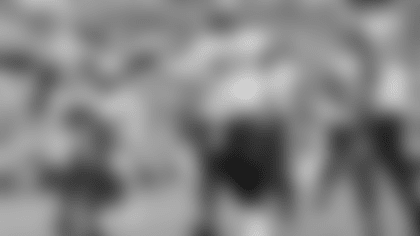On the evening of Dec. 11, 2010, Chad Greenway slipped into slumber at the Vikings team hotel, unconcerned by the whistling winds and fast-growing snow drifts outside his window.
It's Minneapolis, after all. Snowstorms come and go. The wrathful weather had complicated his carpool with fellow linebacker Ben Leber, sure, but a longer commute was hardly worth worrying about.
No one on the team, in fact, paid much attention to the weekend forecast predicting a blizzard for the Twin Cities. Instead they simply focused on team meetings and the next day's game against the New York Giants at the Hubert H. Humphrey Metrodome.
"Guys coming into the hotel from their houses, [weather could be] a concern, but never did you think that the game would be canceled because of a blizzard," former Vikings defensive end Jared Allen recalled before deadpanning, "I mean, you're in a dome, right? So weather's never even in the forecast for the game plan."
Vikings General Manager Rick Spielman, at the time serving as the team's vice president of player personnel, expressed similar sentiments.
"You knew there was potentially snow, but that's almost every day in Minnesota during December and January," Spielman said. "Living up here for as long as me and my family have lived here, I don't know if anyone anticipated [what was en route] when they said blizzard-like conditions, [because] that's almost the norm up here."
View photos from Dec. 12, 2010 when the Metrodome collapsed in Minneapolis before the Vikings-Giants game.
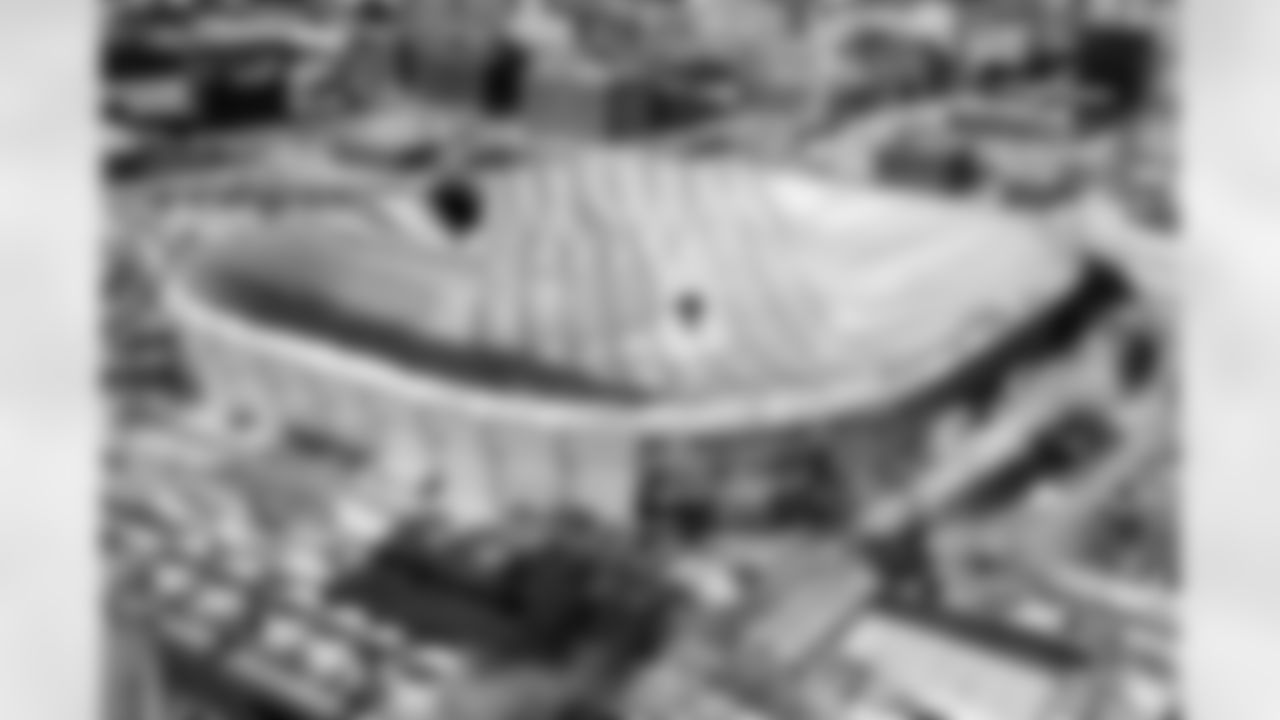
Dec. 12, 2010
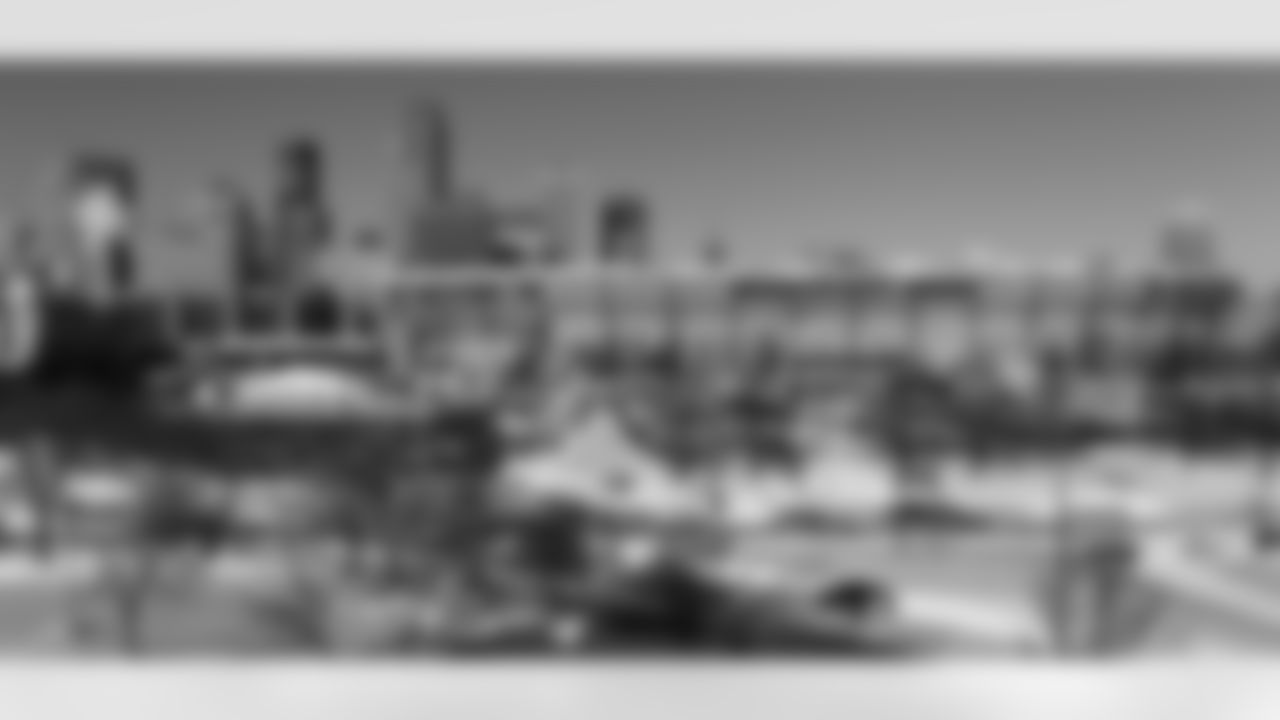
Dec. 12, 2010
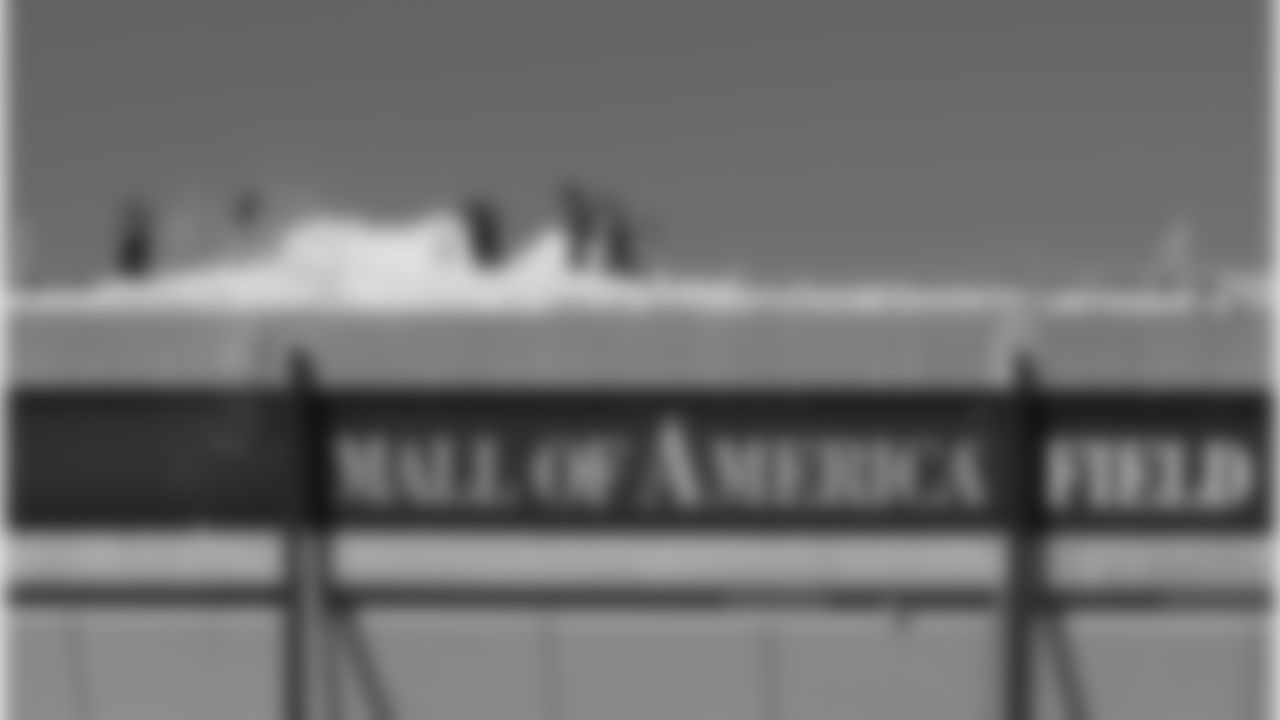
Dec. 12, 2010
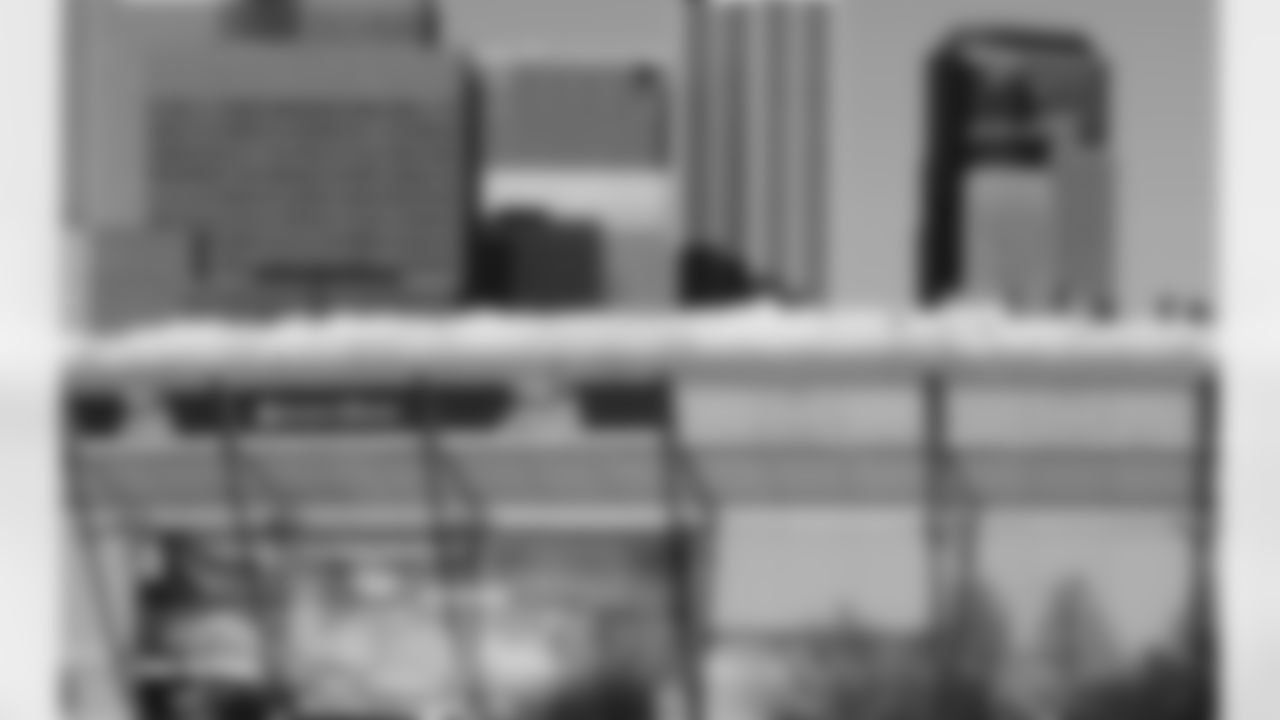
Dec. 12, 2010
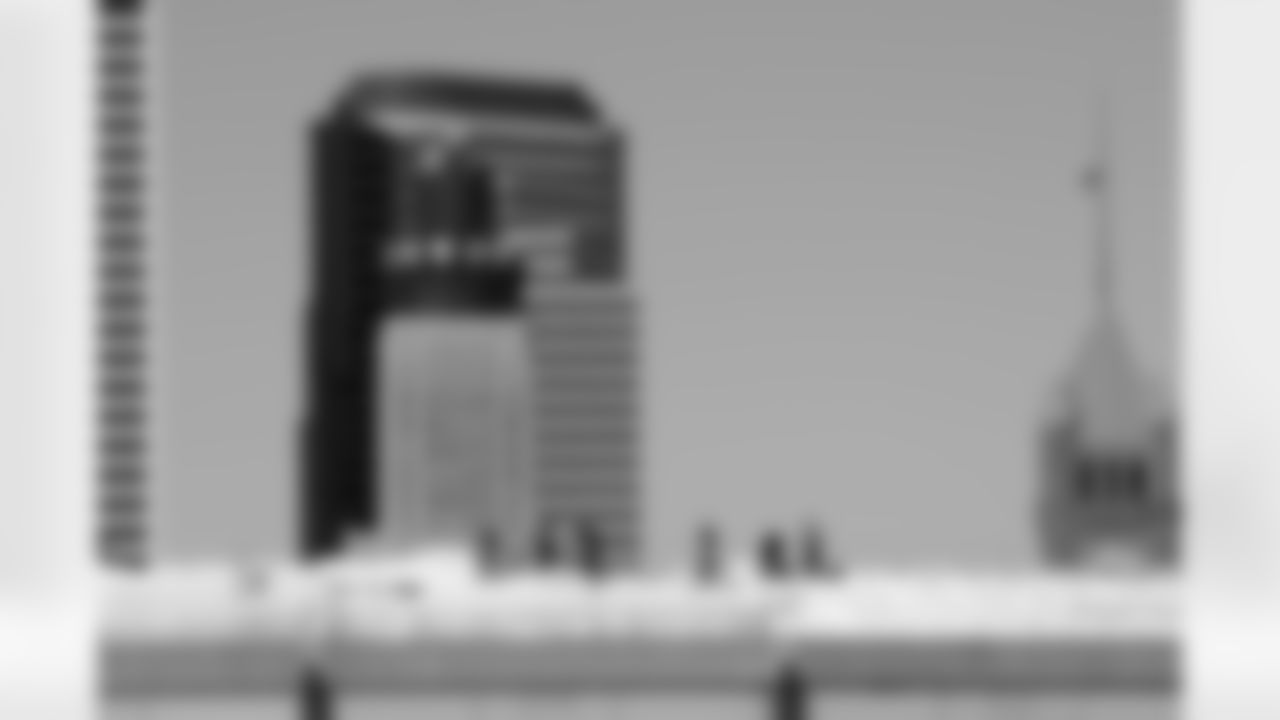
Dec. 12, 2010
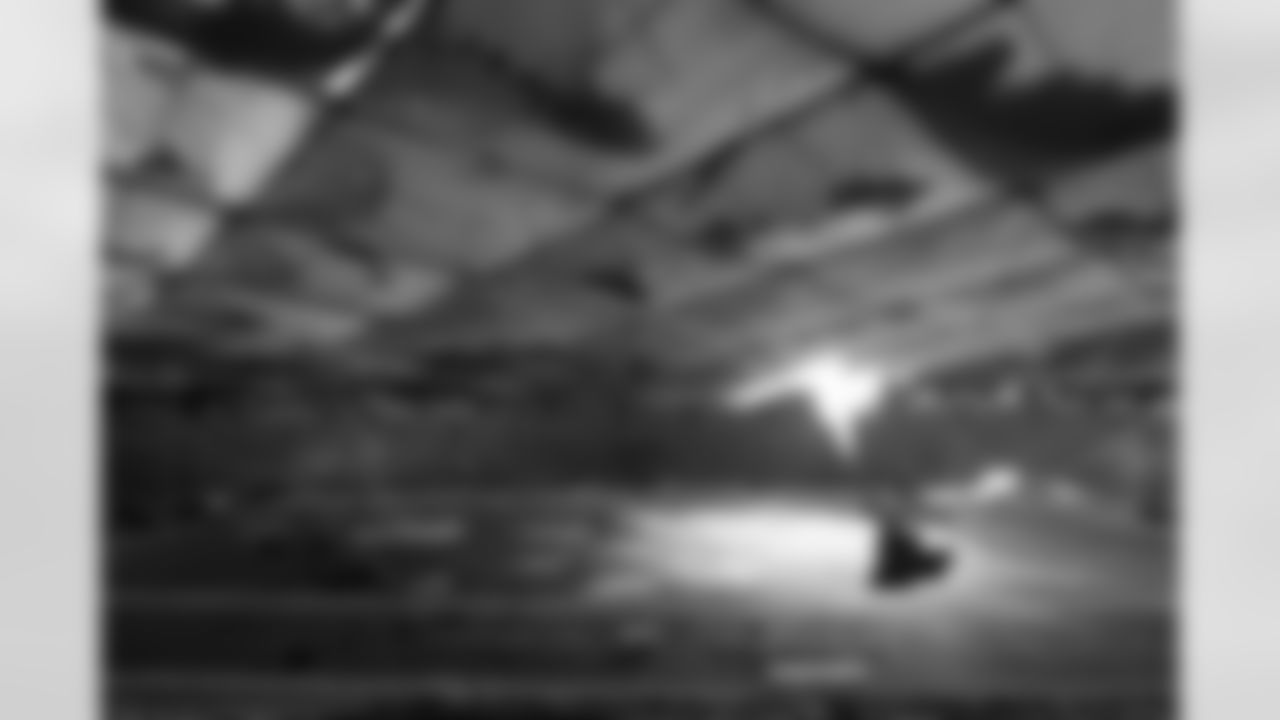
Dec. 12, 2010
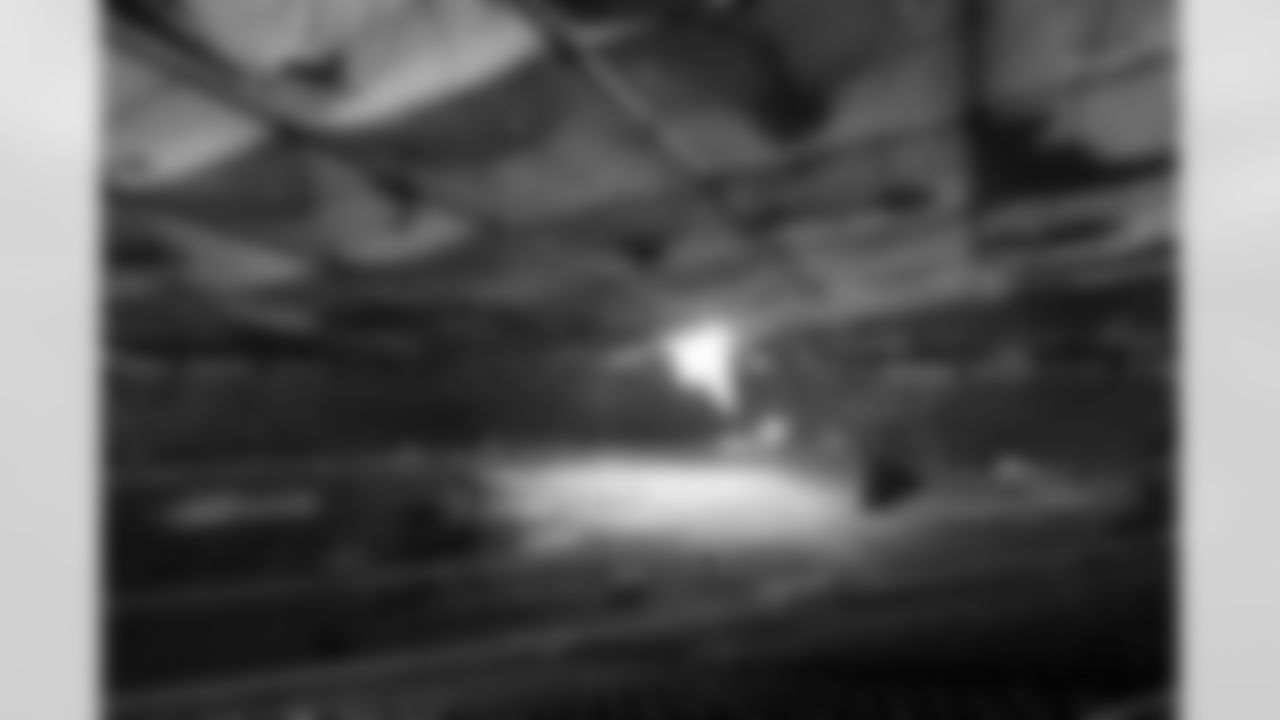
Dec. 12, 2010
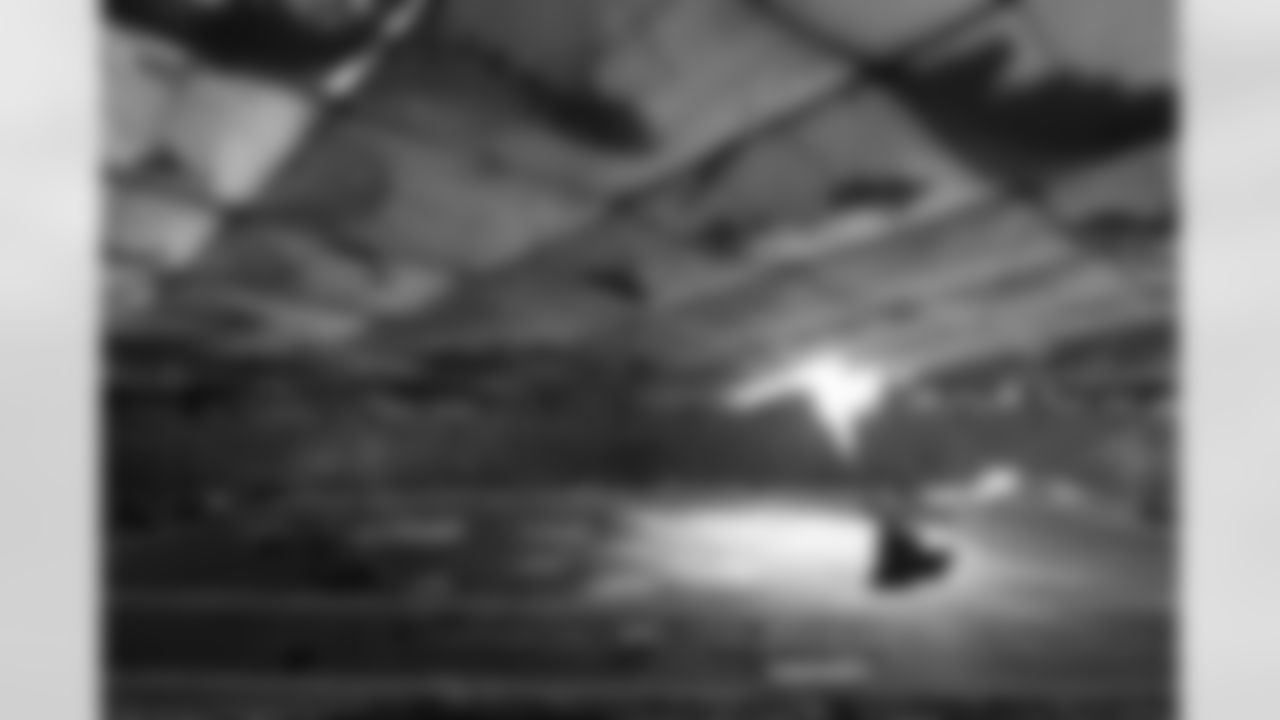
Dec. 12, 2010

Dec. 12, 2010
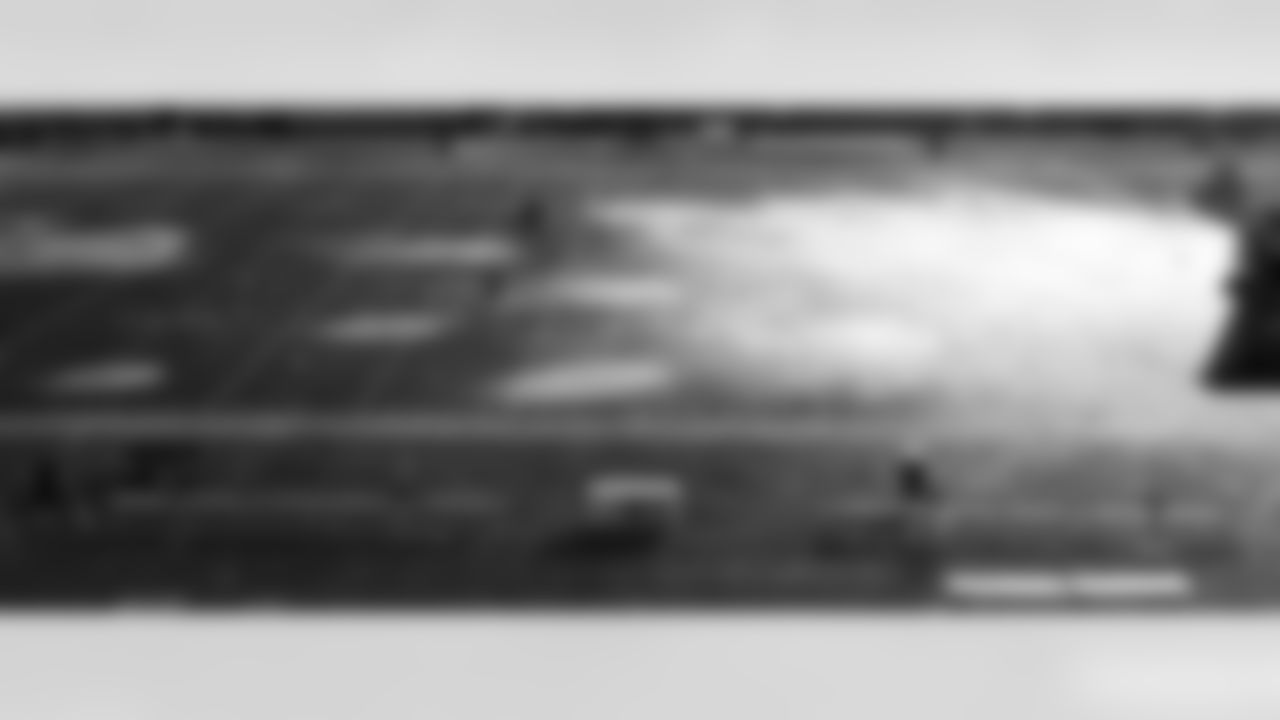
Dec. 12, 2010
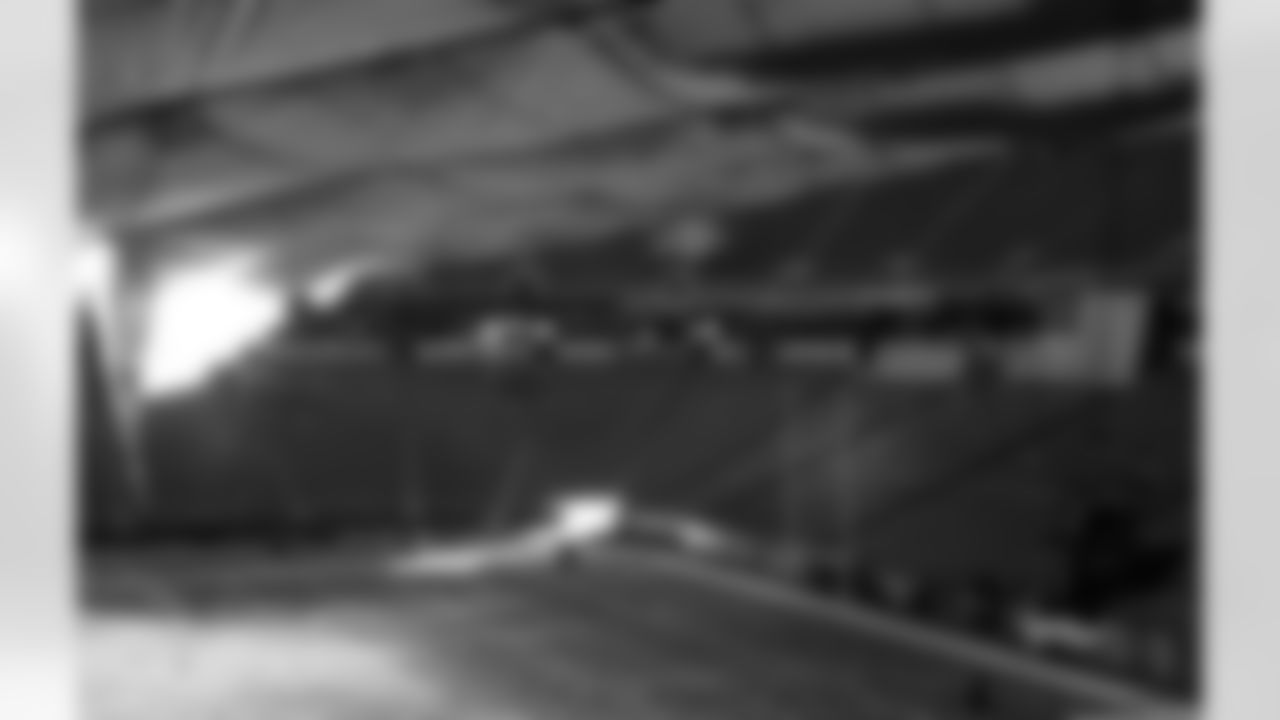
Dec. 12, 2010

Dec. 12, 2010
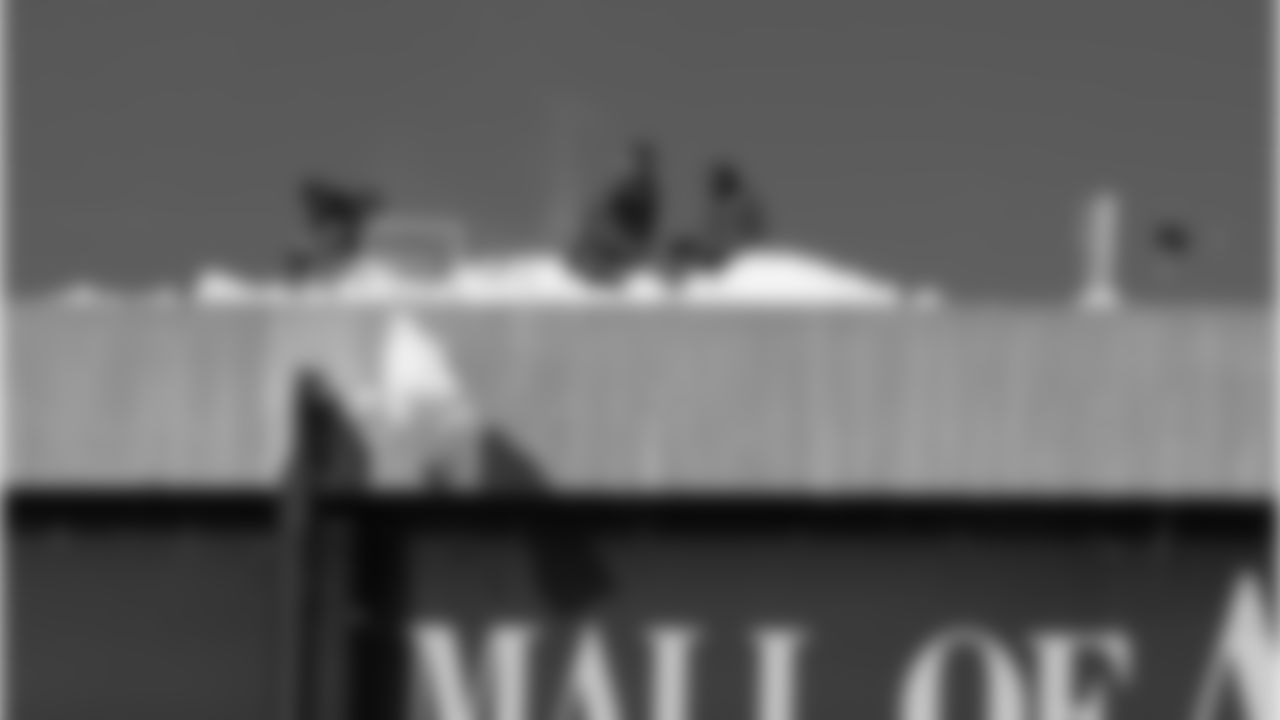
Dec. 12, 2010
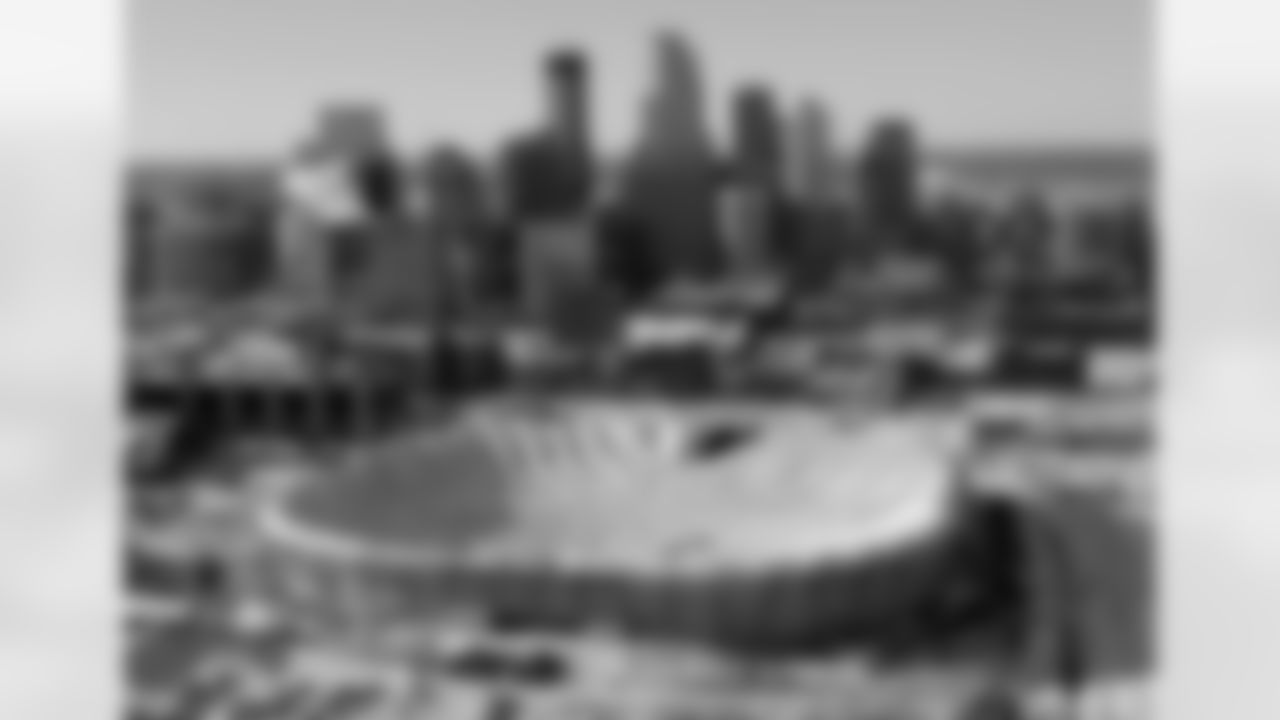
Dec. 12, 2010
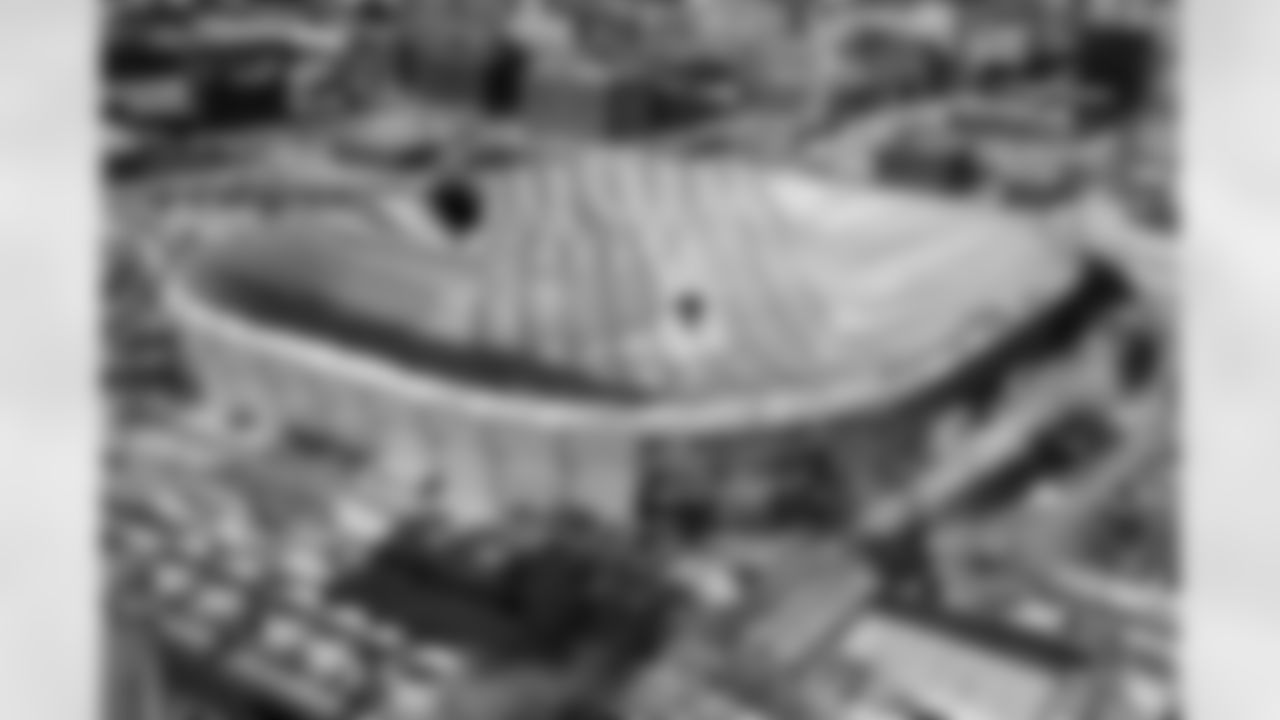
Dec. 12, 2010
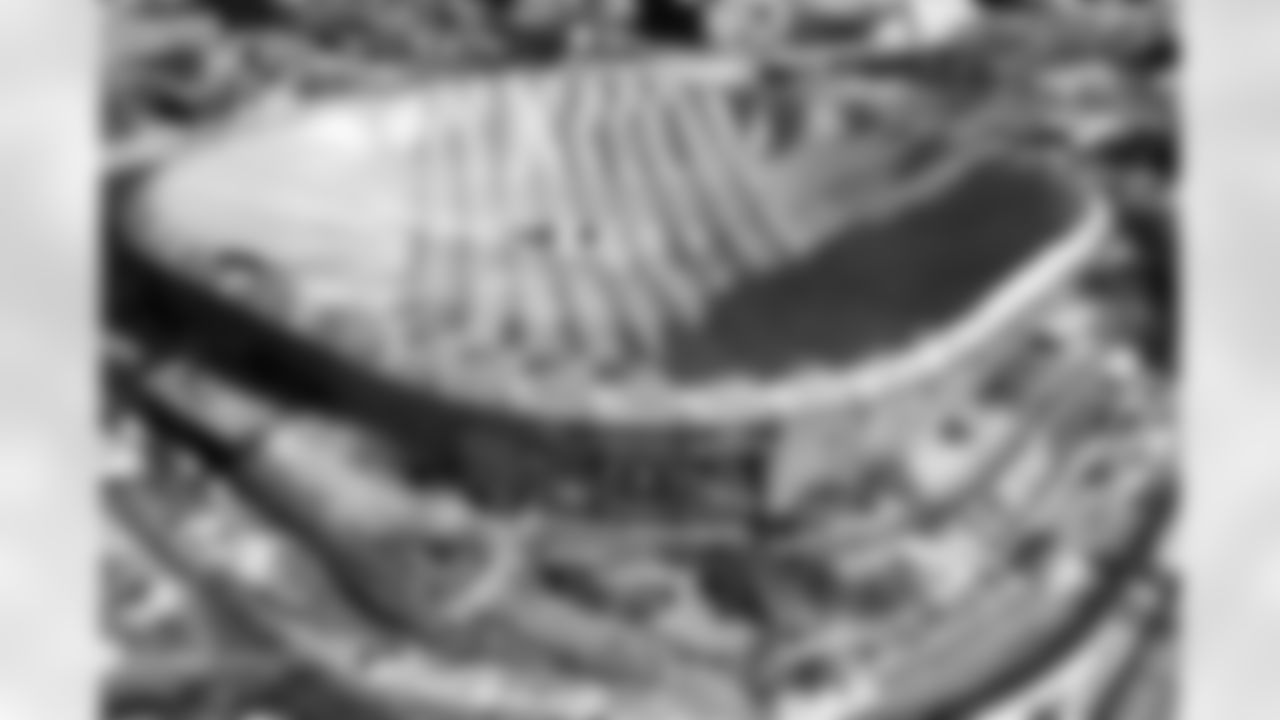
Dec. 12, 2010

Dec. 12, 2010
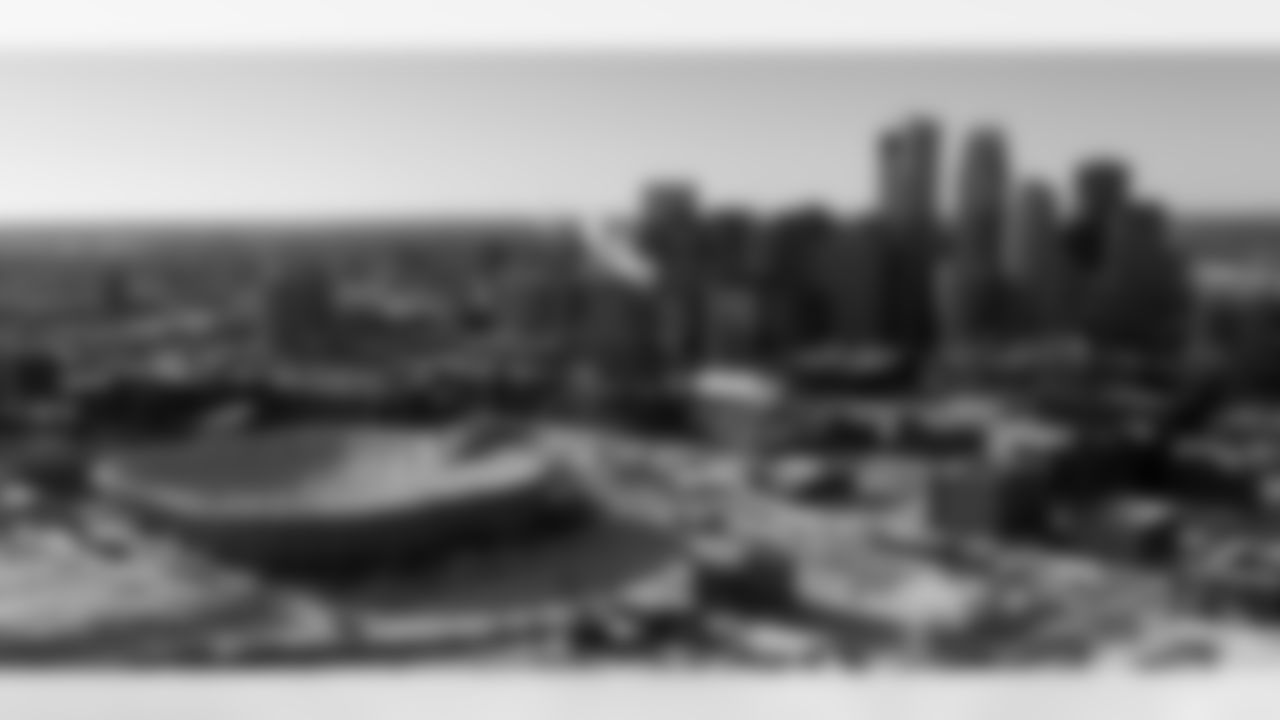
Dec. 12, 2010
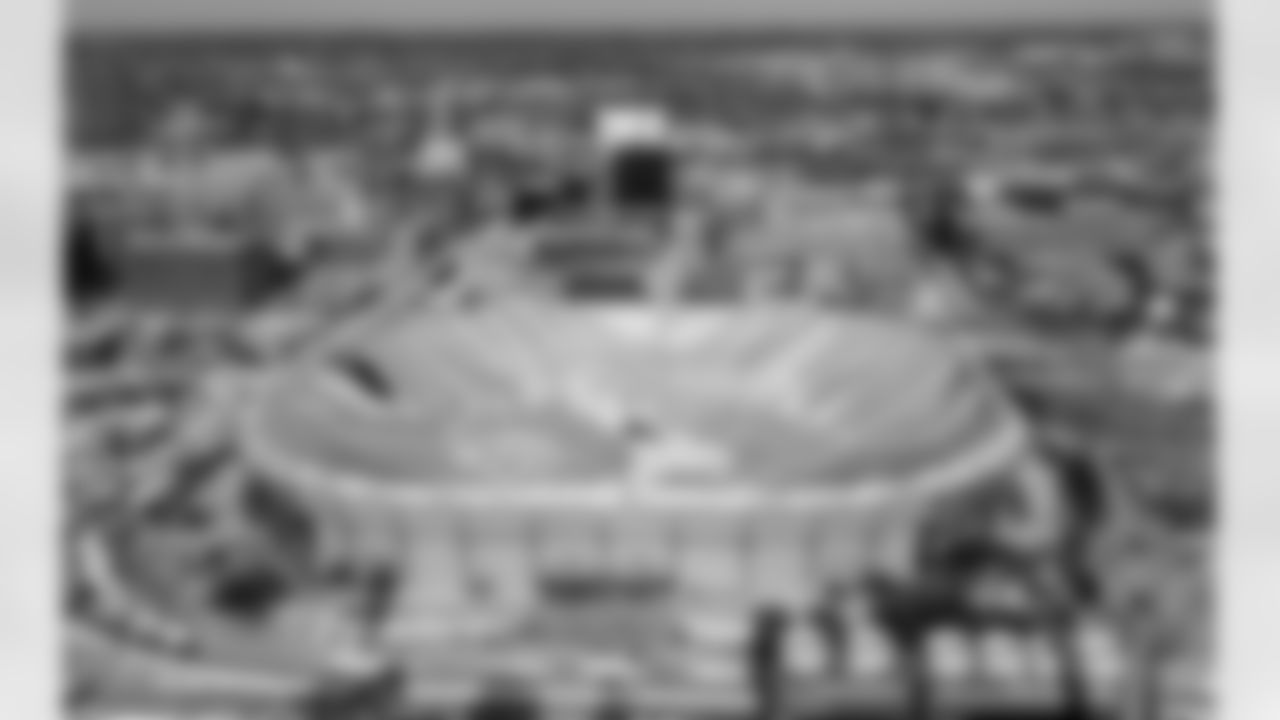
Dec. 12, 2010
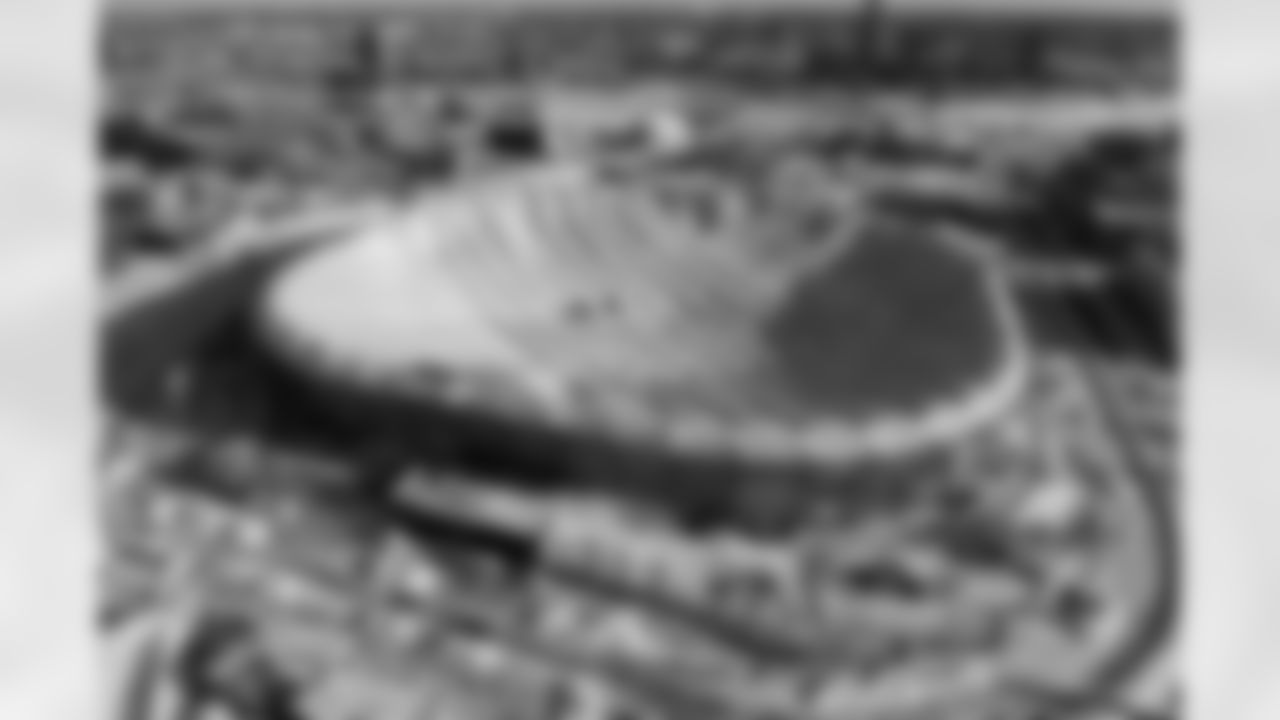
Dec. 12, 2010
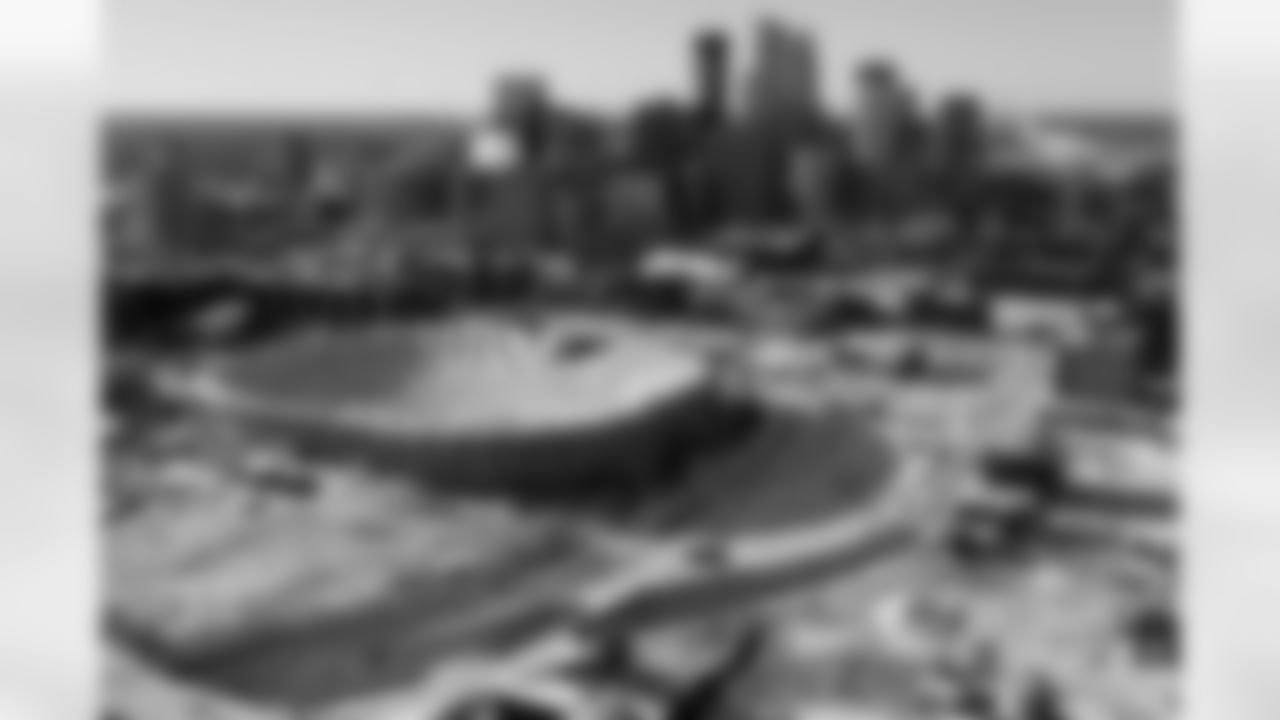
Dec. 12, 2010
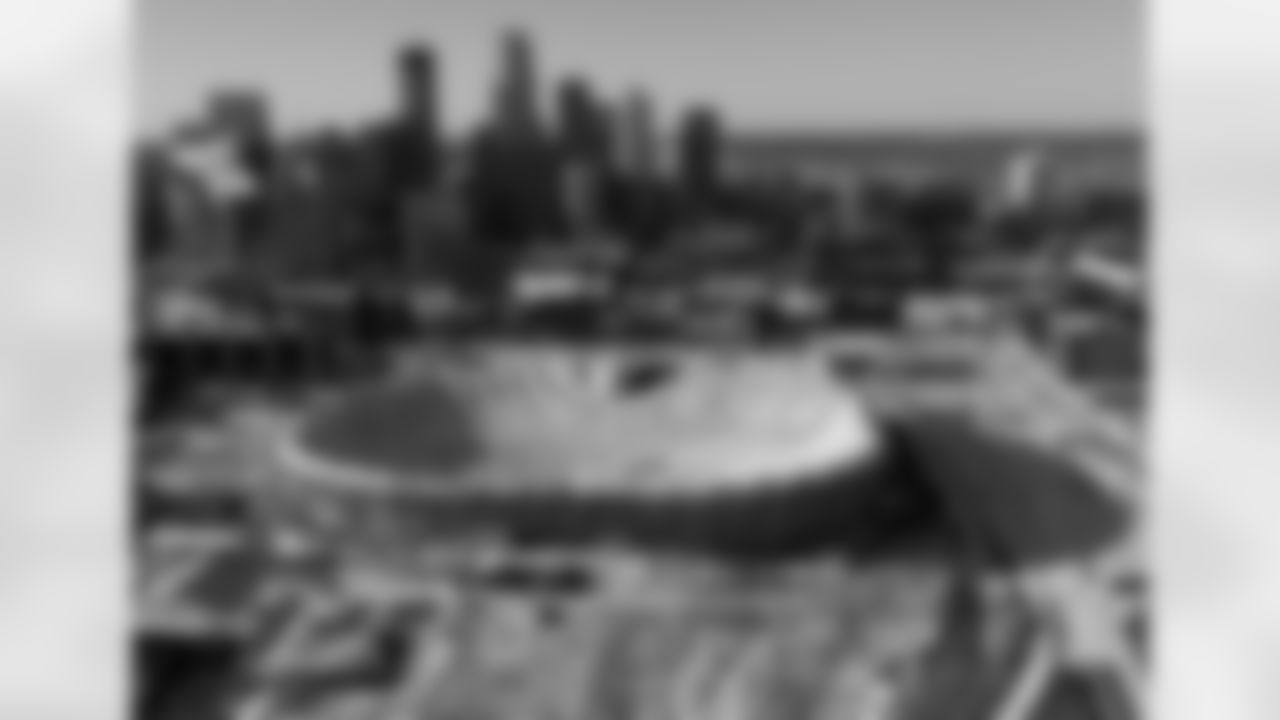
Dec. 12, 2010
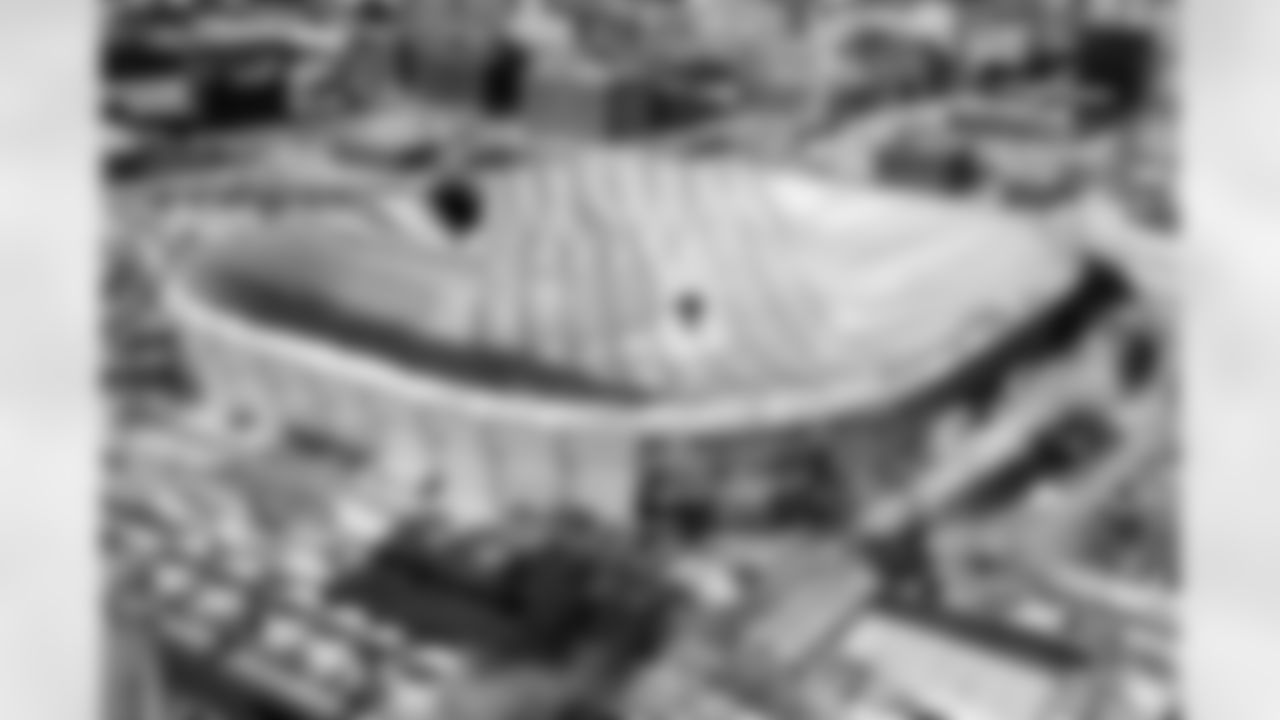
Dec. 12, 2010
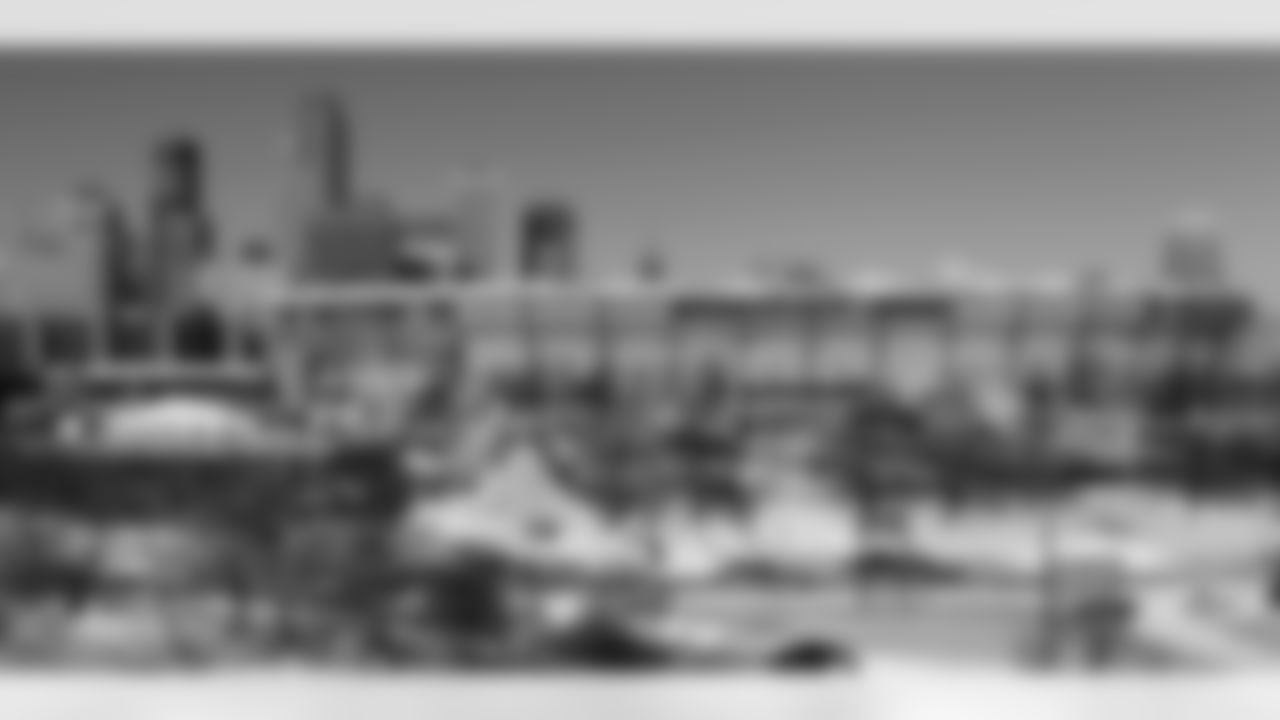
Dec. 12, 2010
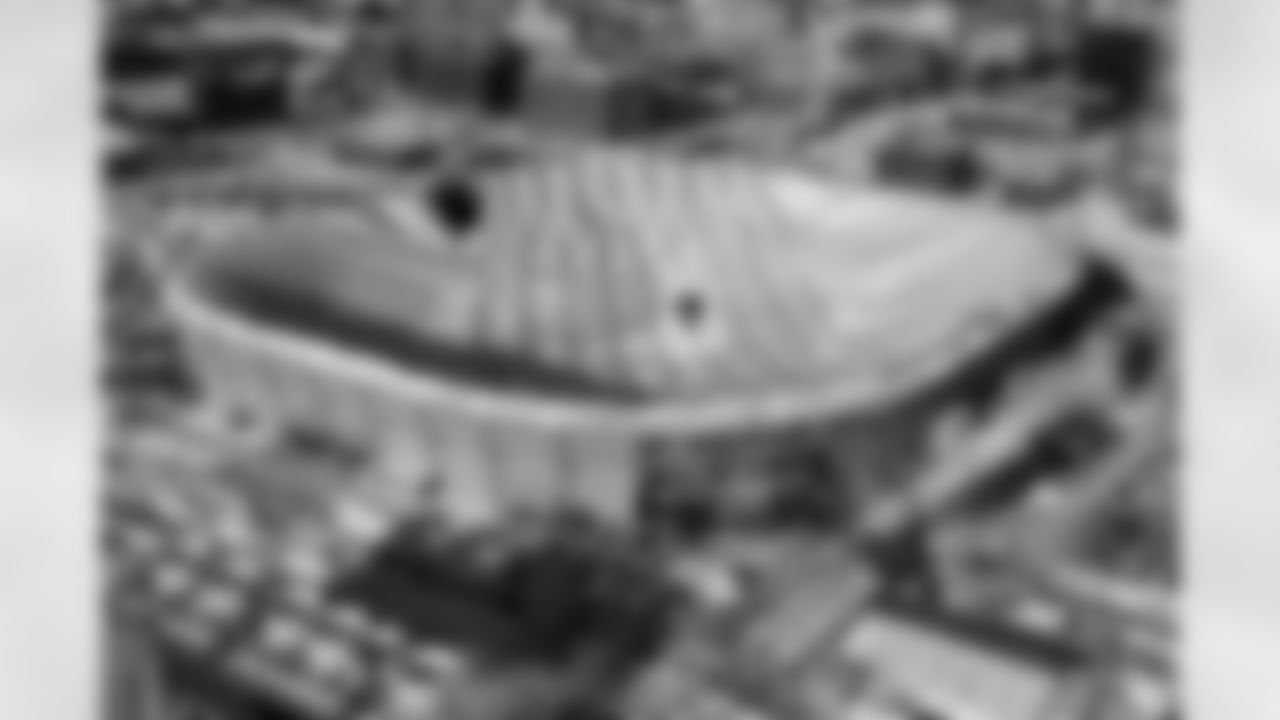
Dec. 12, 2010
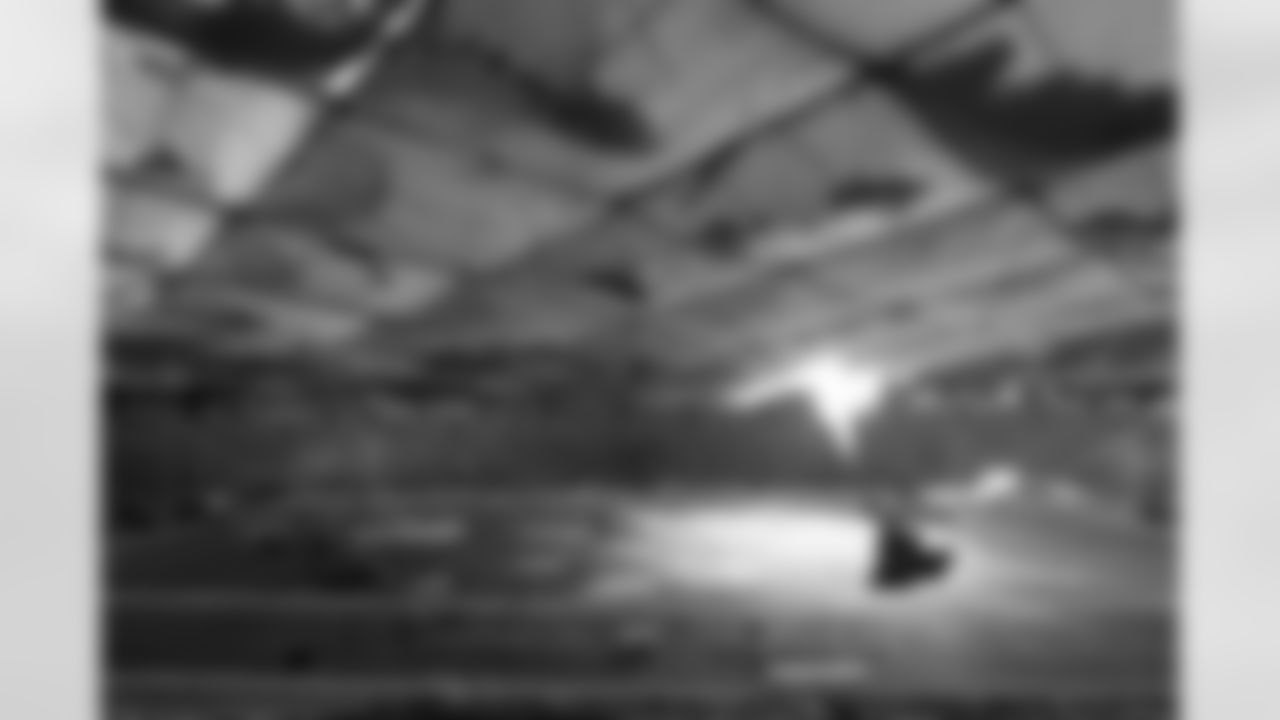
Dec. 12, 2010
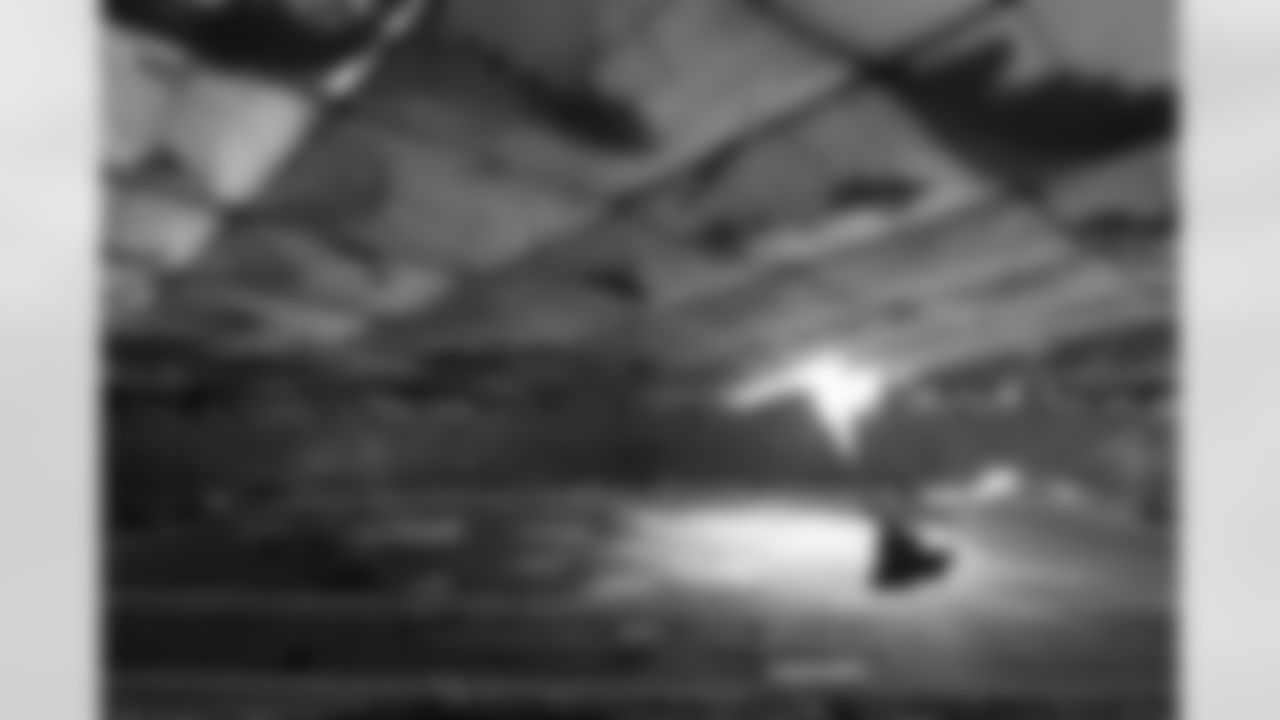
Dec. 12, 2010
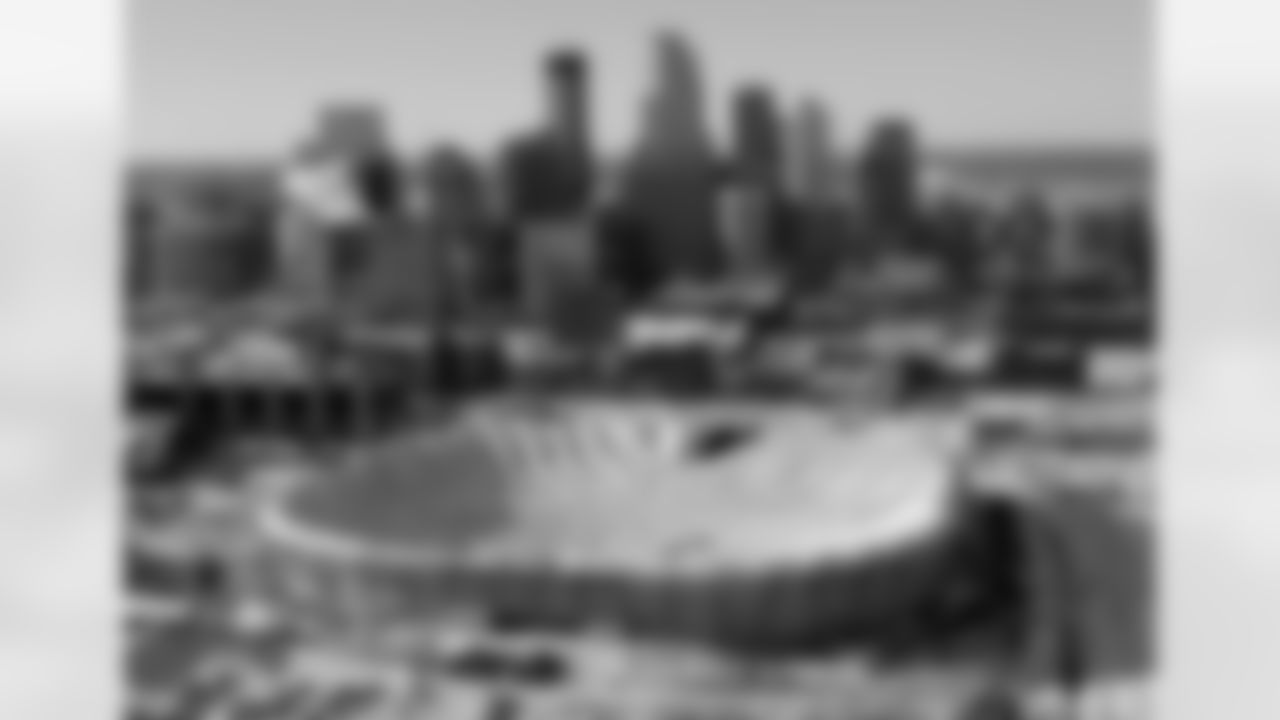
Dec. 12, 2010

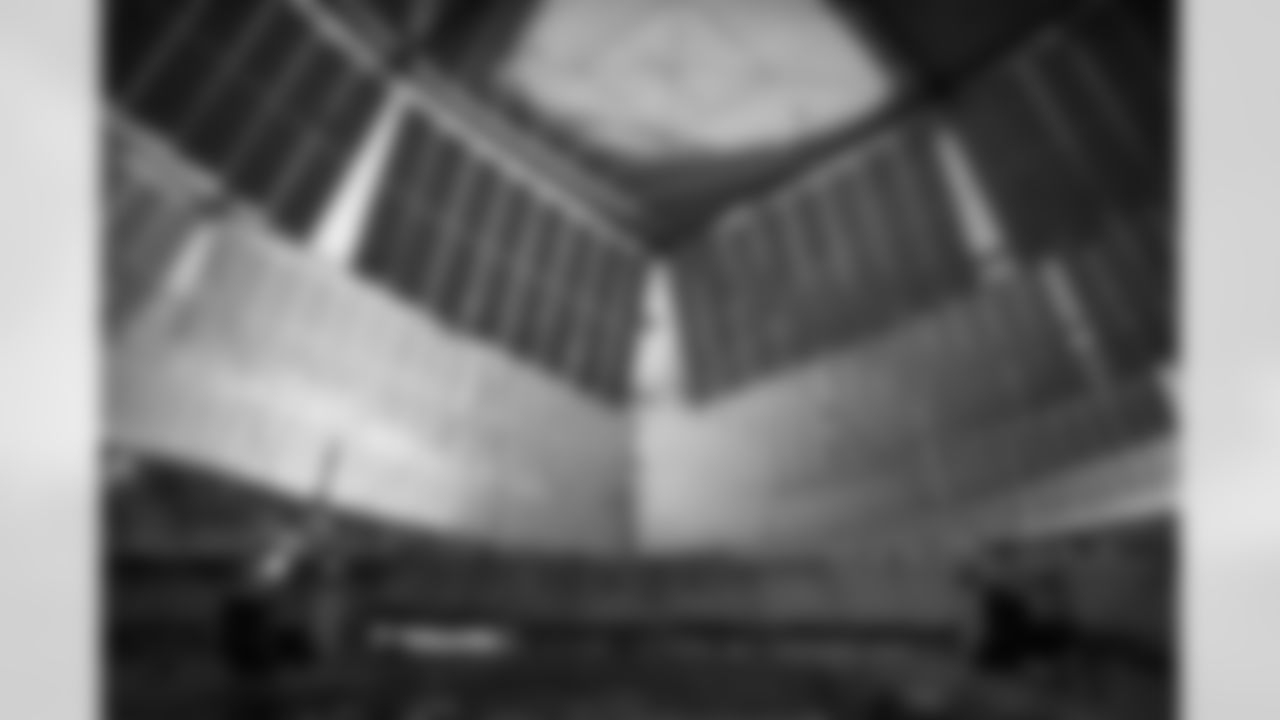
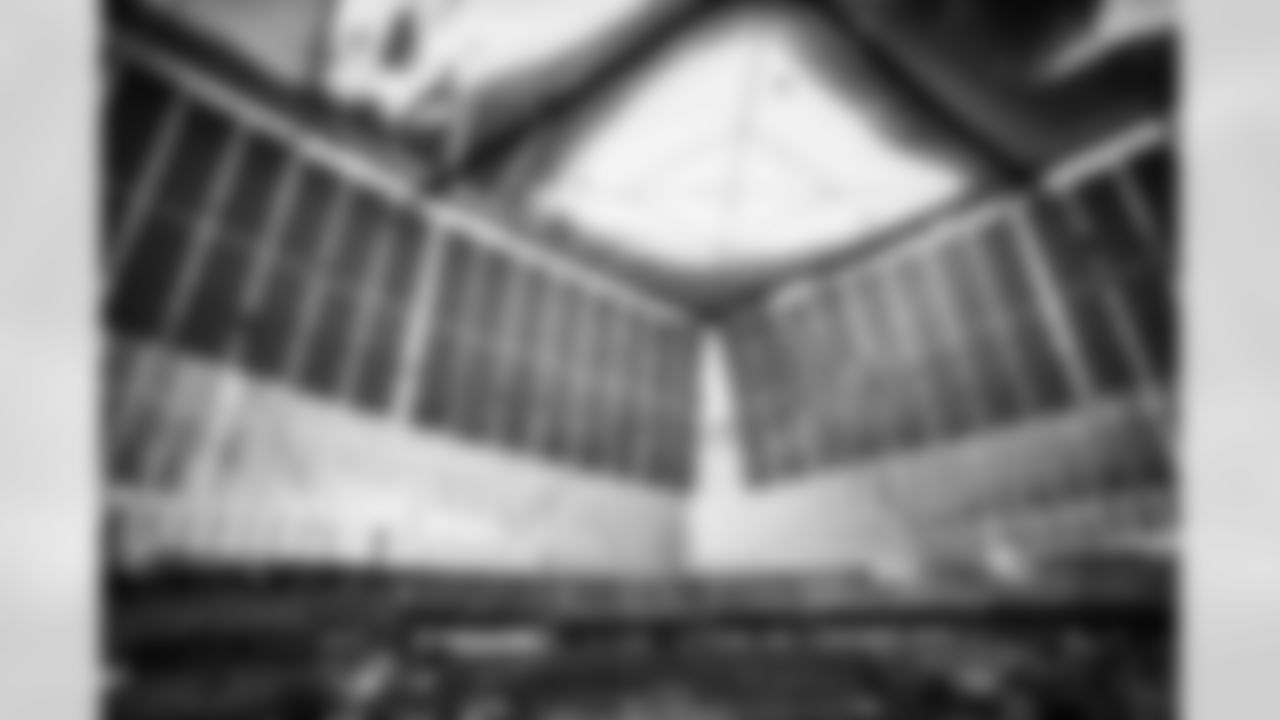
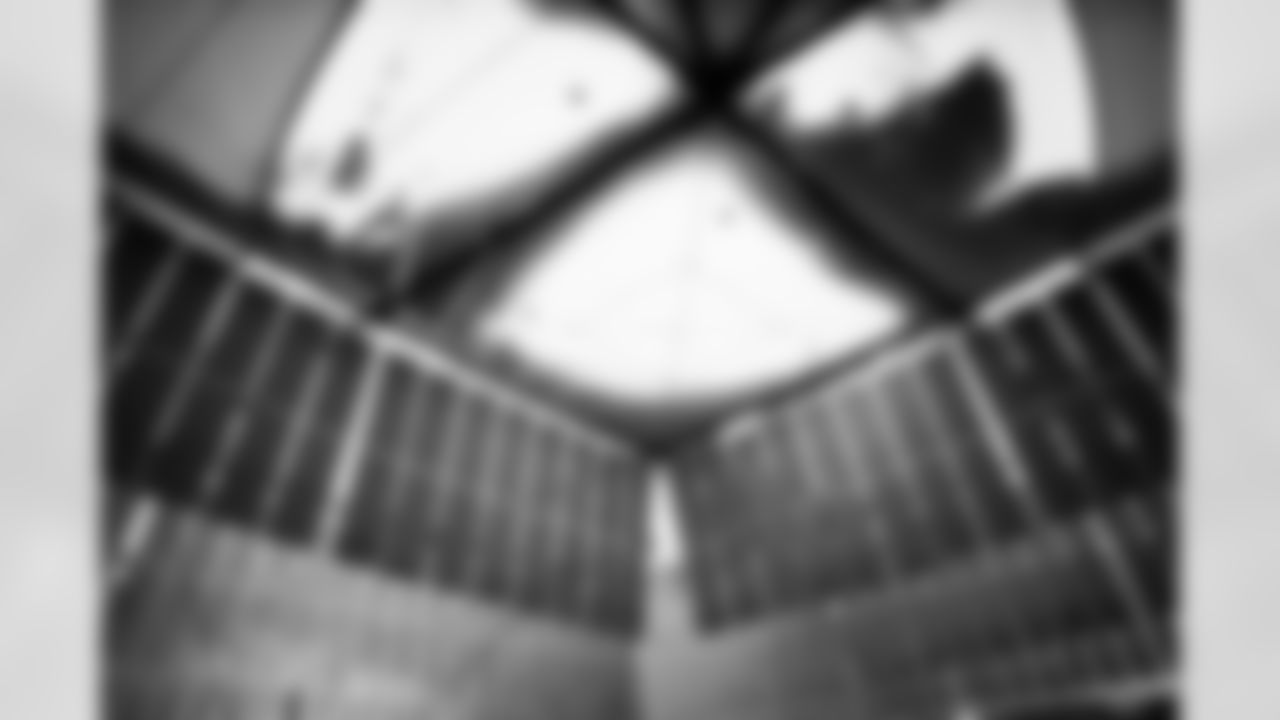

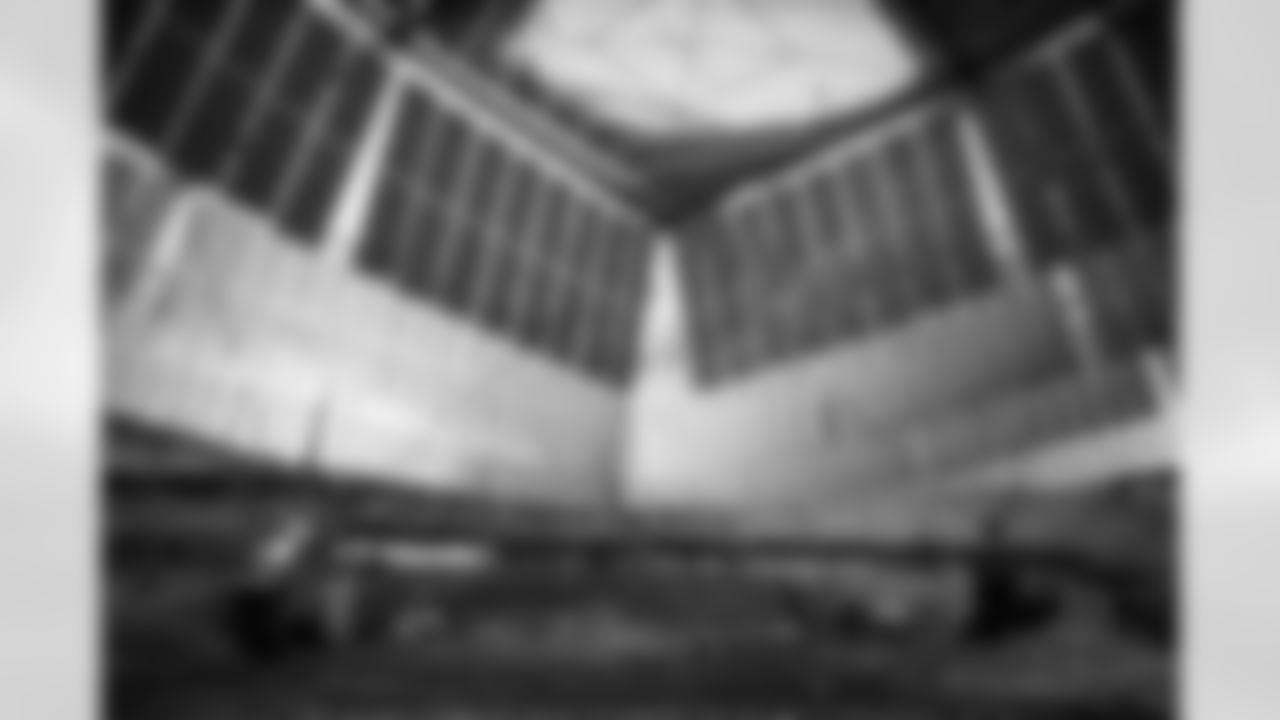

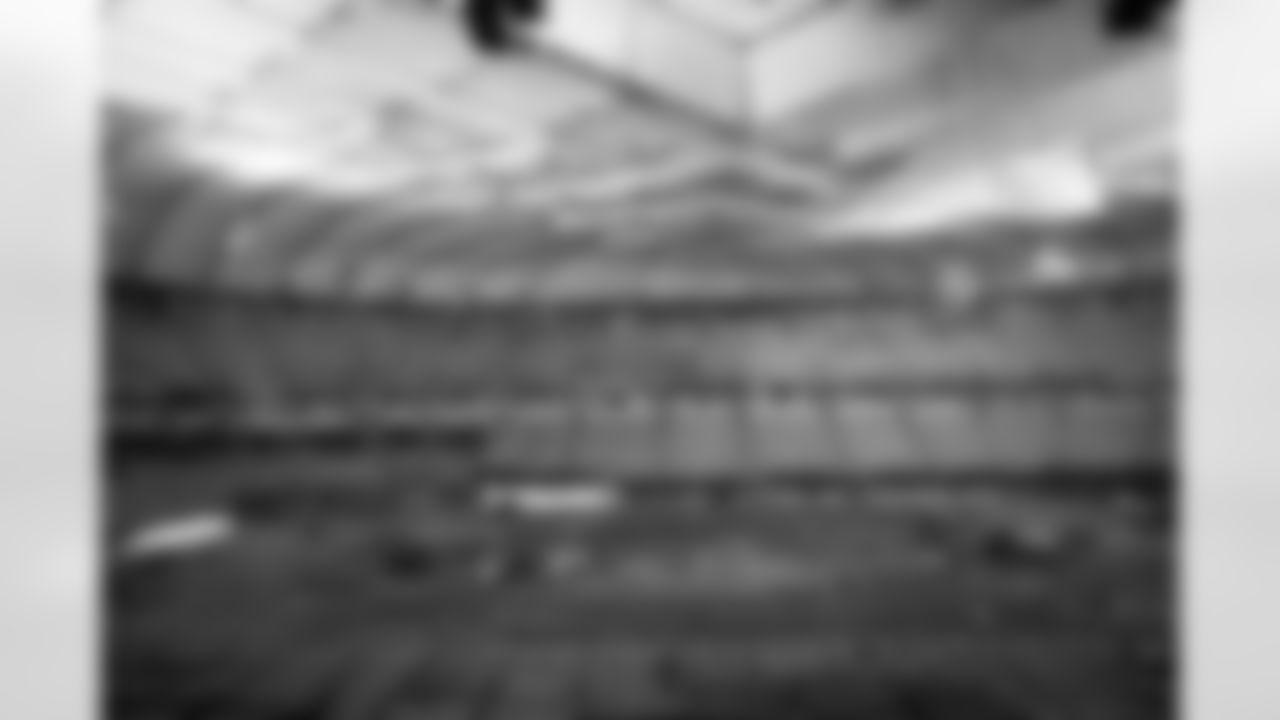
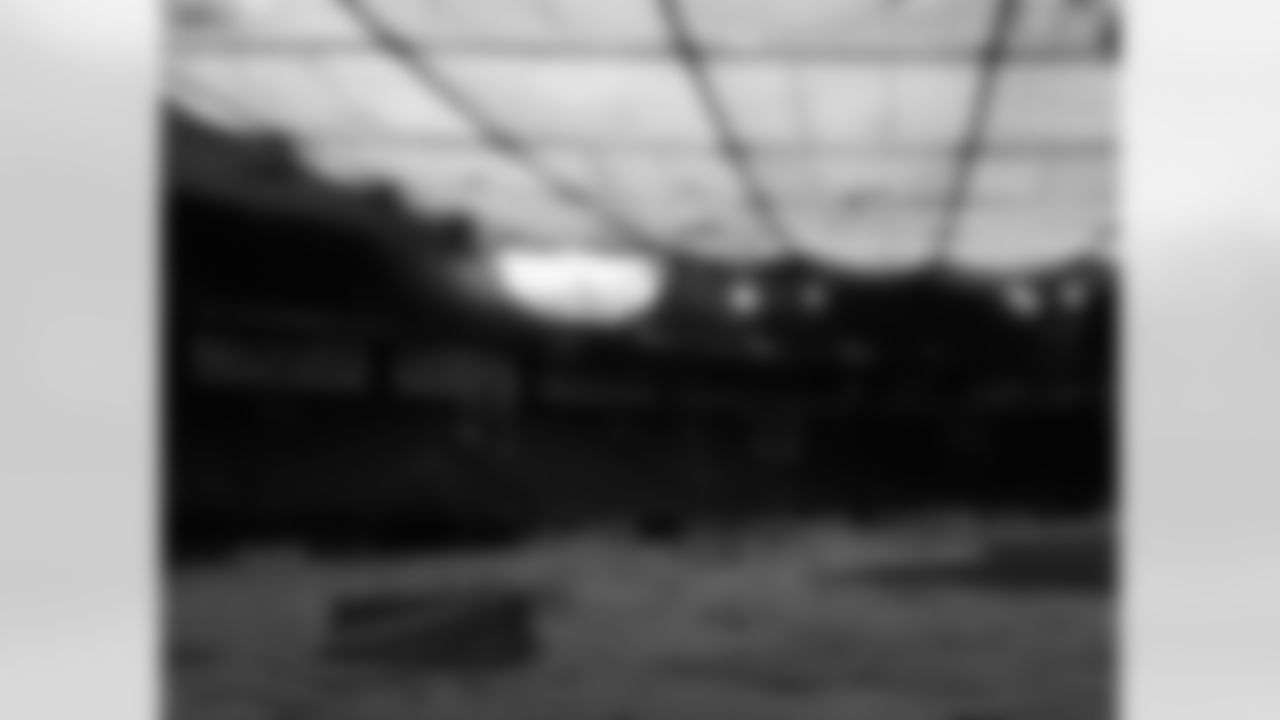
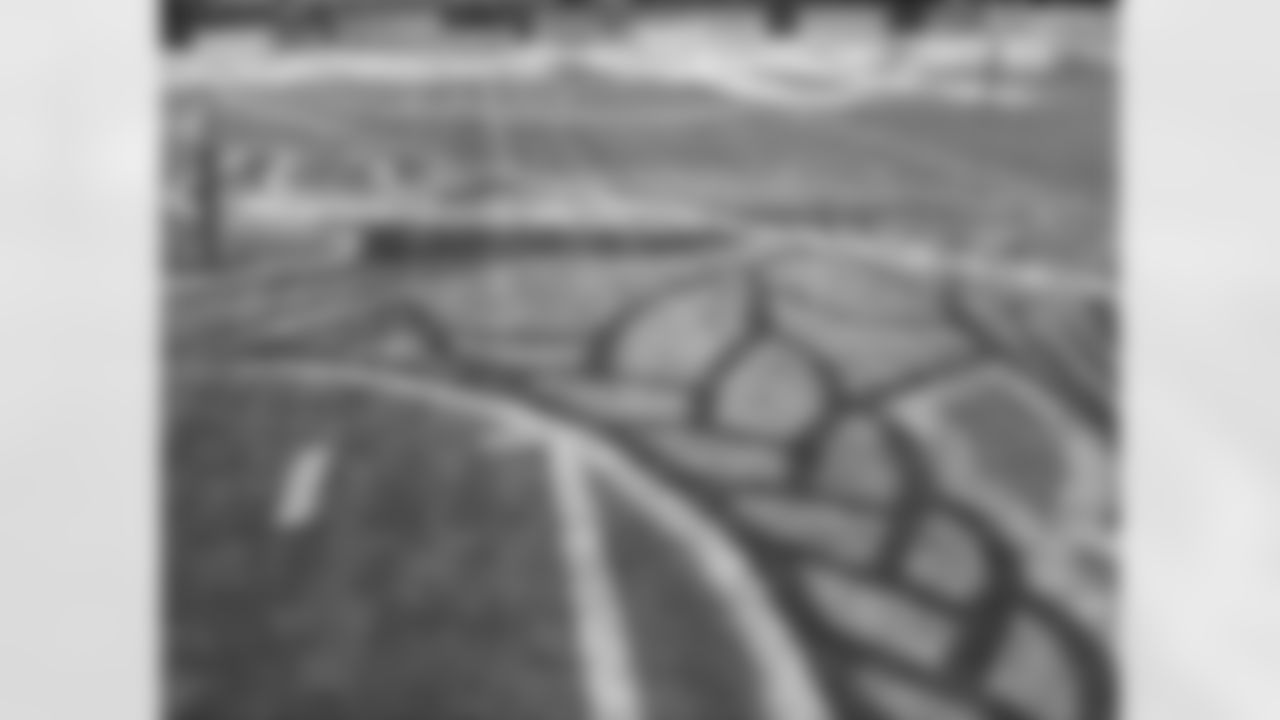


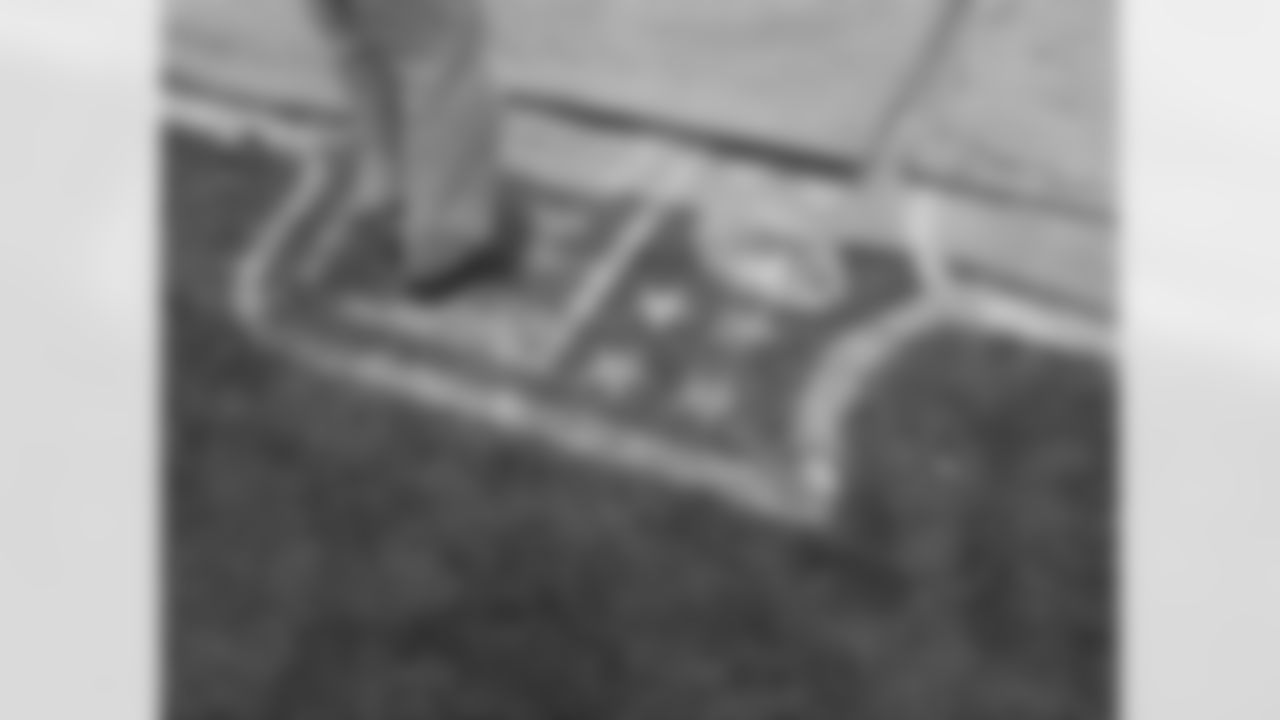
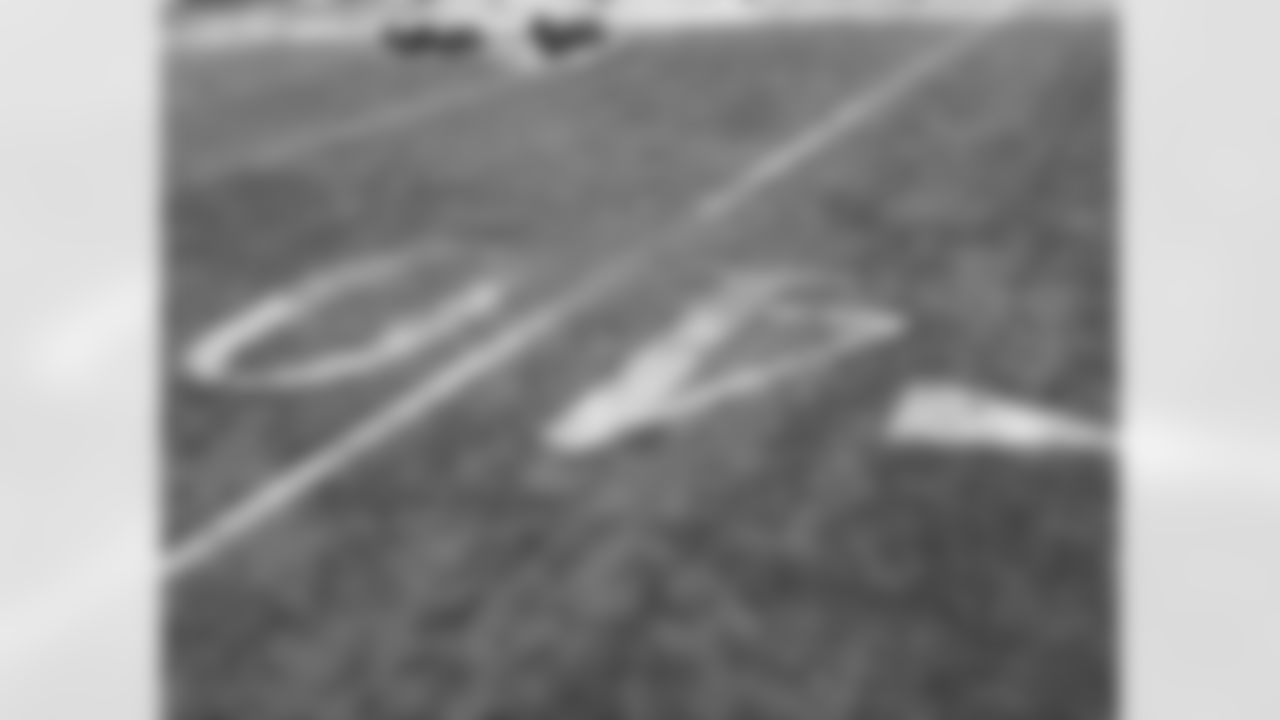
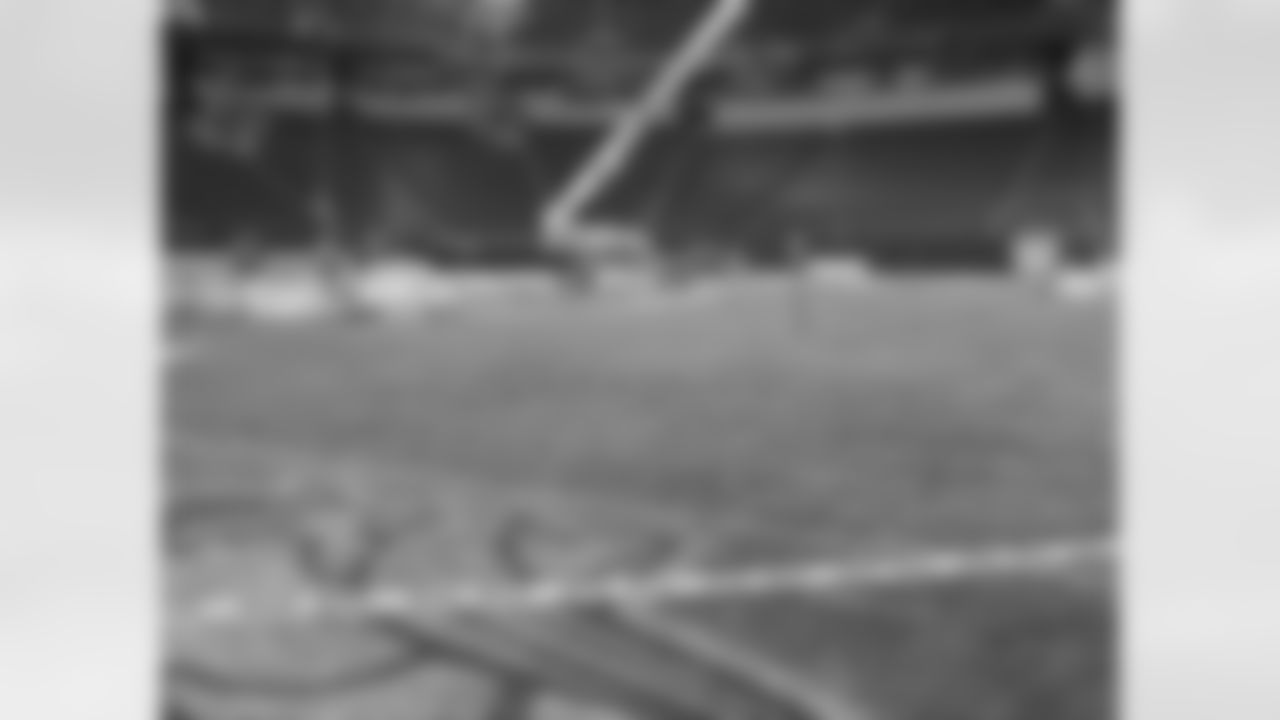
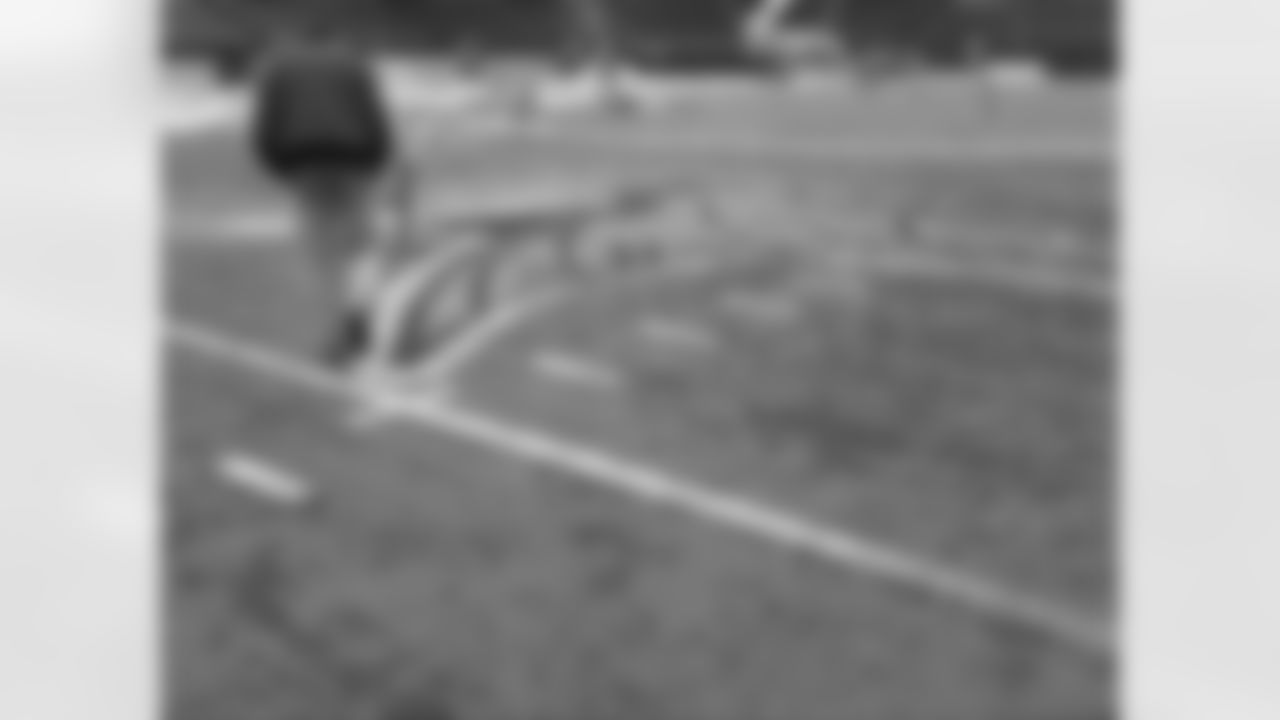
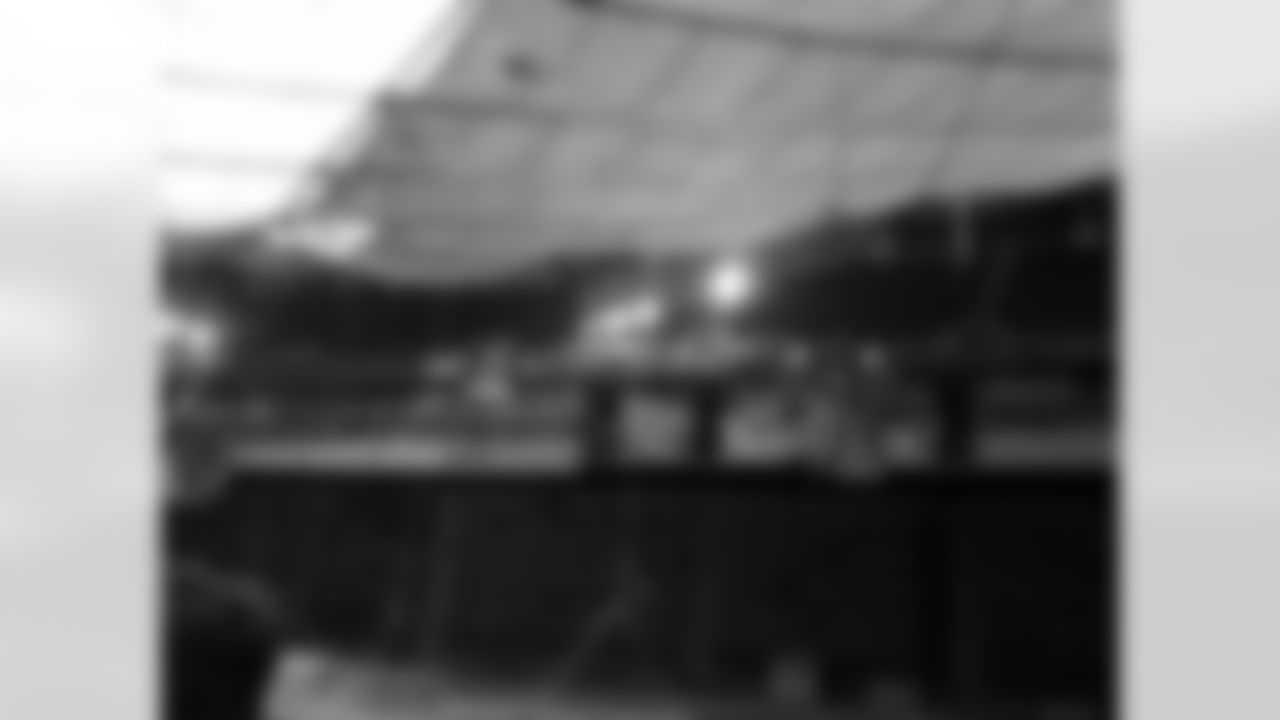

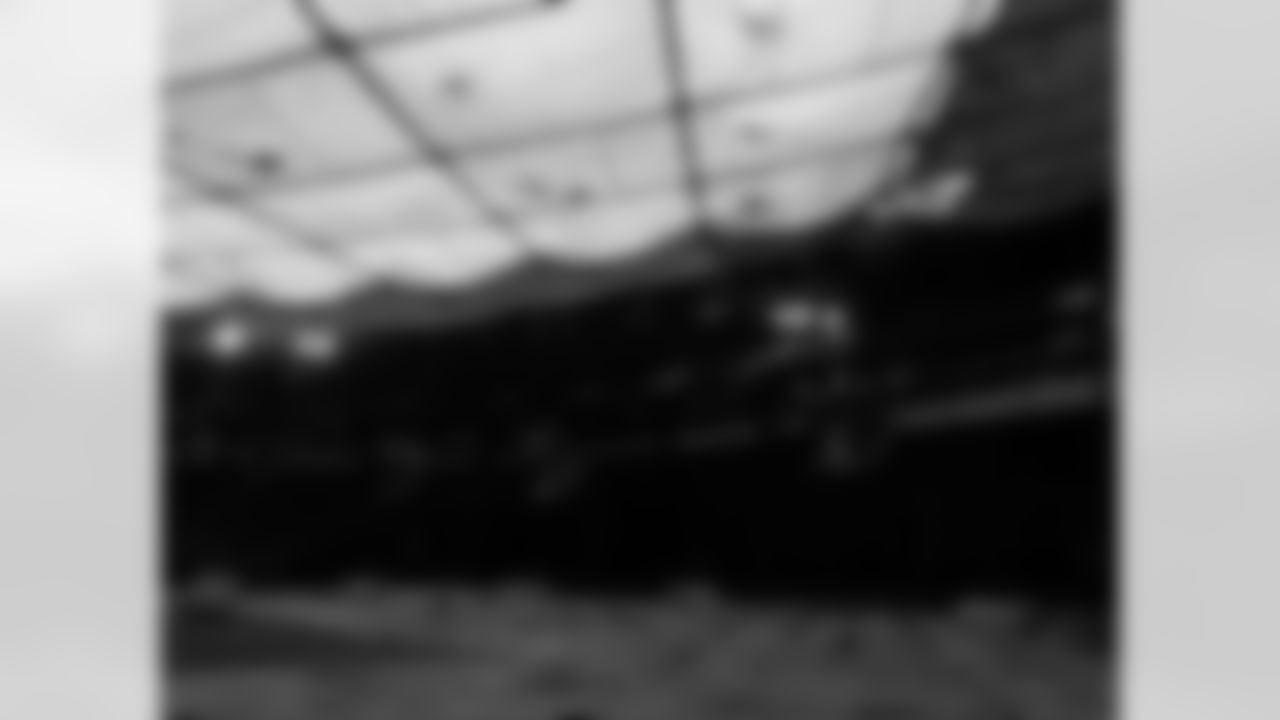
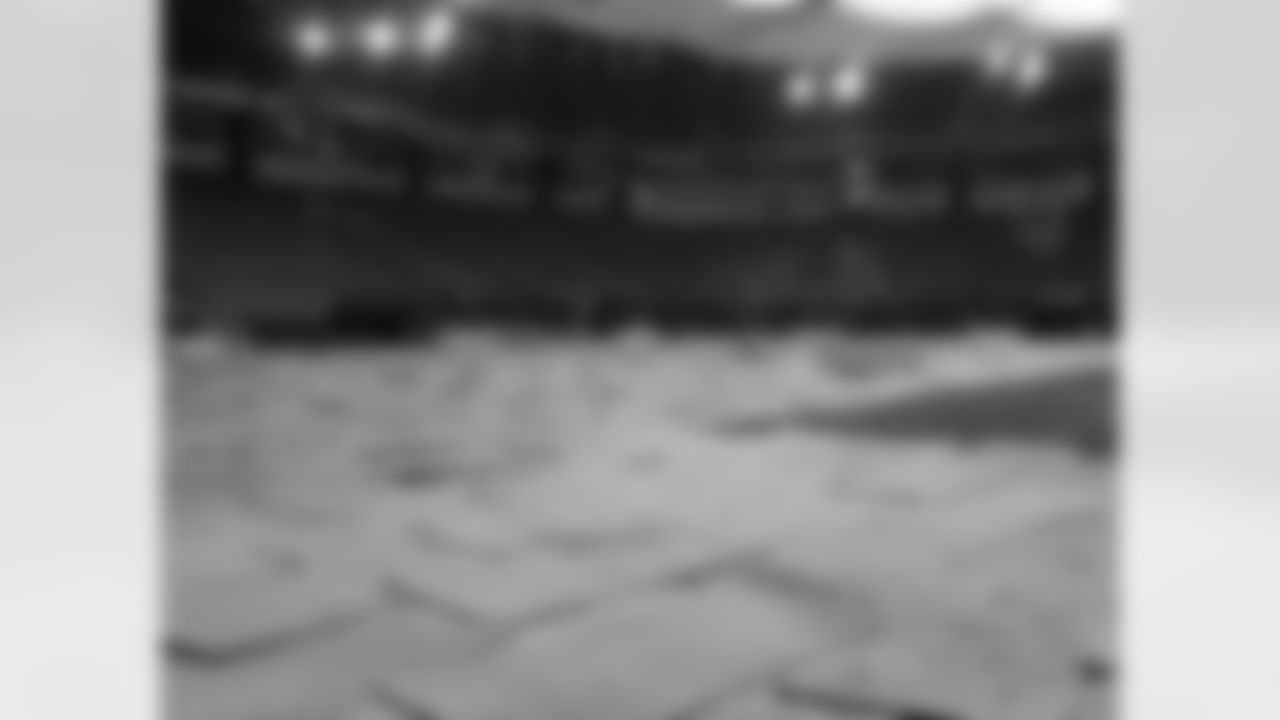
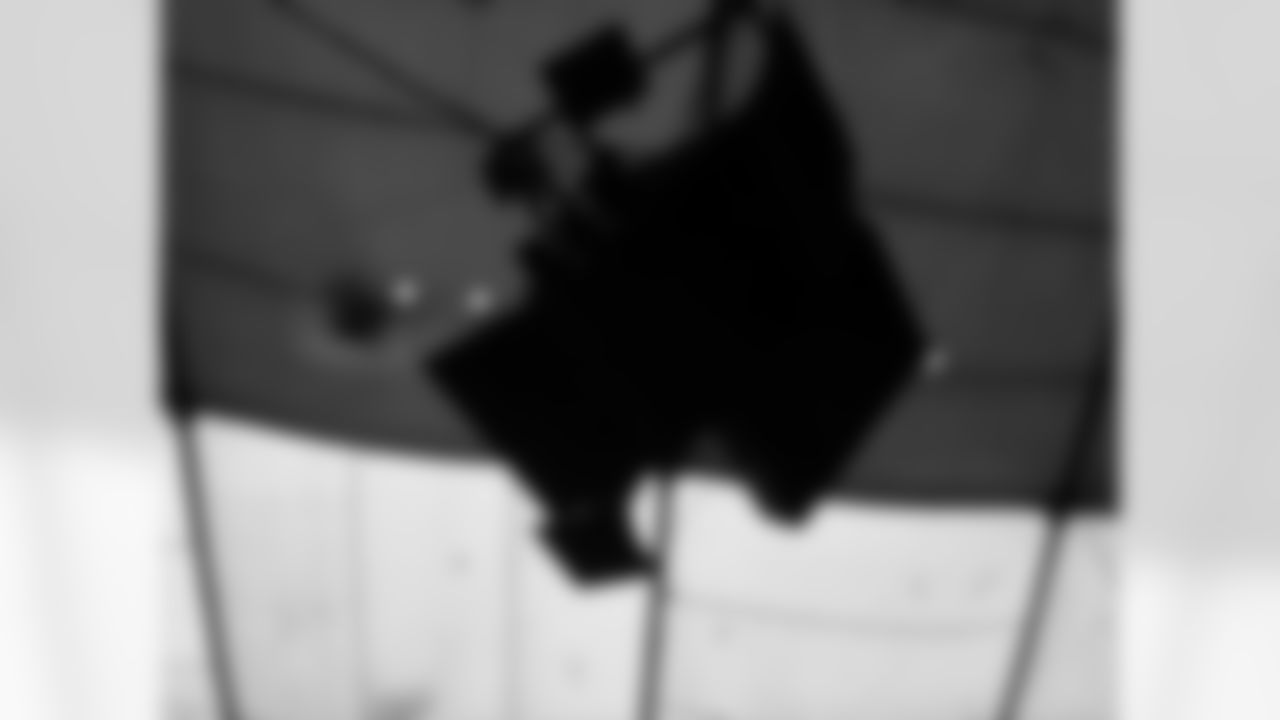
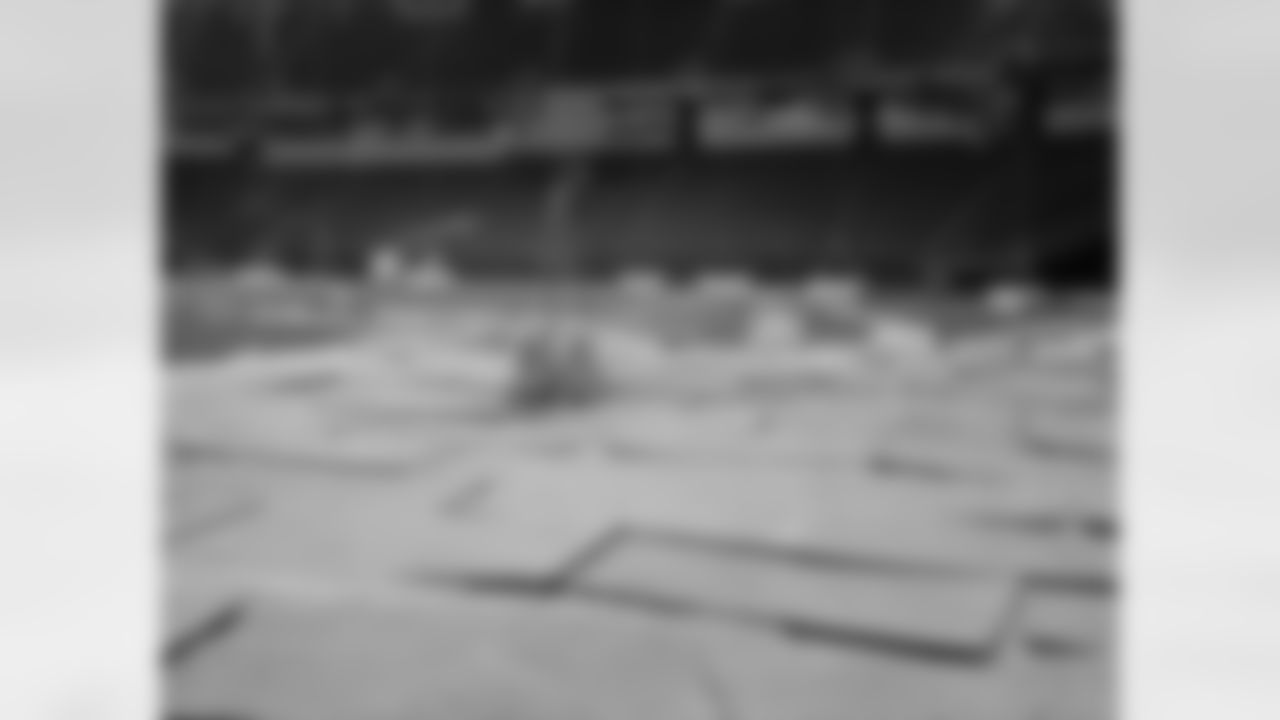
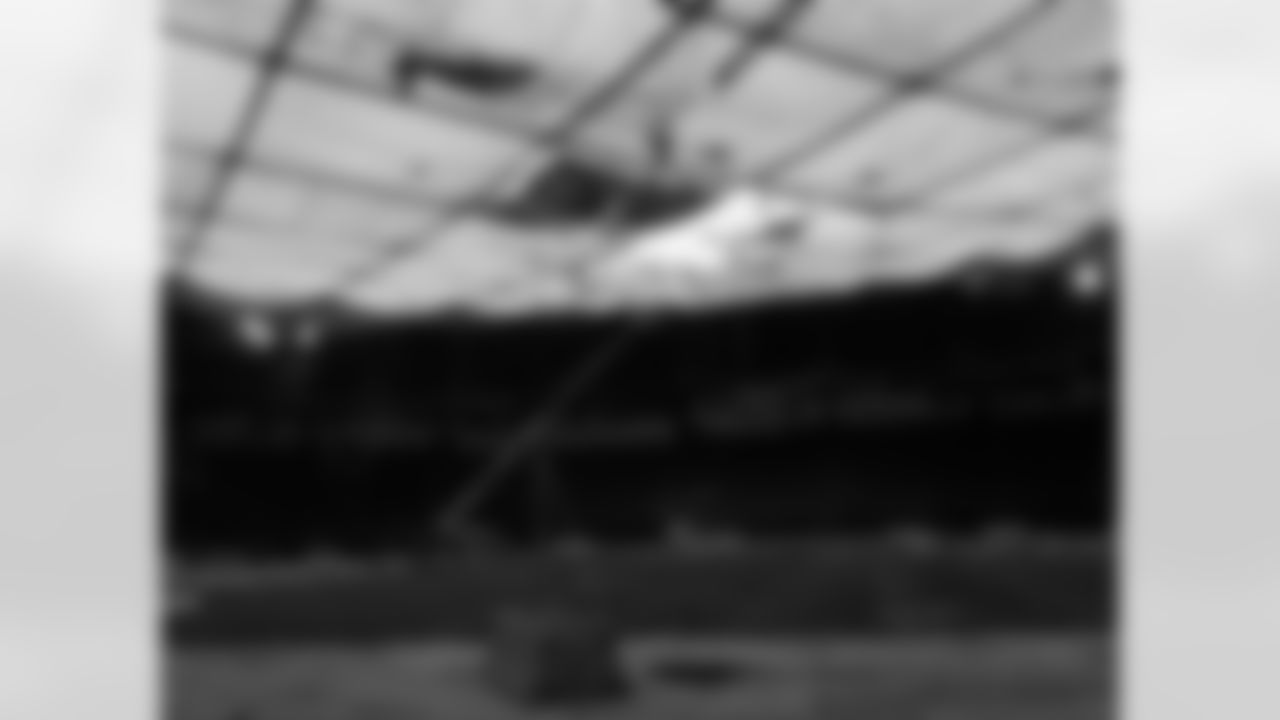

Little did the Vikings know the events that would unfold just around the corner.
Just after 5 a.m. on a game day, the Metrodome's roof collapsed under the immense weight of snow and ice built up on its billowy surface.
What follows is an oral history of the moments leading up to, during and following Dec. 12, 2010, an unforgettable day in Vikings history.
'ALL I COULD SEE WAS BLACK SKY'
While players and coaches may have been unconcerned about the weather's impact on Sunday's scheduled game, a select few felt that a significant problem – to what extent, they weren't sure – could be looming.
Longtime Vikings Equipment Manager Dennis Ryan recalled abandoning his car on a city street when driving through the snow became too perilous.
Ryan: "Our truck driver came in his vehicle, picked me up and got me to the stadium. We spent the night in downtown Minneapolis instead of going home – we didn't feel like we would be able to go home and get back in time for the game the next morning. There was definitely an eerie feeling inside the dome. The roof was not the same as it always was – it was moving, the snow seemed to be moving around on it. The maintenance guys at the Metrodome were saying they were very concerned about it, so we had an idea that something bad could happen. But we certainly didn't think it was going to be a catastrophic event."
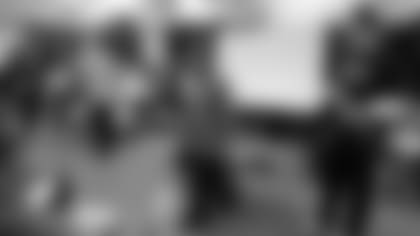
Equipment Manager Dennis Ryan
Pete Eisenschenk worked on the stadium operations team and was plenty familiar with the Metrodome's air-supported roof that featured an exterior layer of Teflon-coated fiberglass material and inner layer of fabric that served as the bowl's ceiling.
Innovator David H. Geiger designed the roof that weighed approximately 580,000 pounds (without snow) and required 250,000 cubic feet/per minute of air pressure. Geiger incorporated the system in the Pontiac Silverdome that served as home to the Detroit Lions from 1975-2001.
What made the roof vulnerable, Eisenschenk explained, was if it fell victim to even a small hole or rip, which could tear the unique material "like a bed sheet."
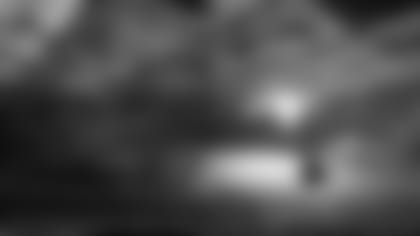
Eisenschenk: "We knew a storm was on its way, so I prepped the building and we went into what's called 'snow mode,' and that's where we heat the building up and then divert the warm air between the fabrics of the building to melt snow as it comes down. We make the roof more taut or increase the [air] pressure in the building and increase the heat, and that's about all we can do initially. I guess with that particular storm, that day we were prepping for a Vikings game, so we had a small ground crew on painting the field. Other than that, we did not have a lot of people here. We were preparing for the next day and having more people on hand then, not knowing we were going to get hit as hard as we did.
"We removed snow with firehoses up there, and because travel was so difficult, people were trickling in very slowly, which put us behind. After a period of time, the center portion of the roof actually got pushed down or in, which rendered our firehoses useless because we couldn't push uphill anymore. Normally, we could just rinse it off the roof, and with it pushing down like that, we were not able to remove it, so later in the day, we pulled everybody from the roof because we were unable to remove snow anymore. We just upped the pressure, upped the temperature and hoped for the best."
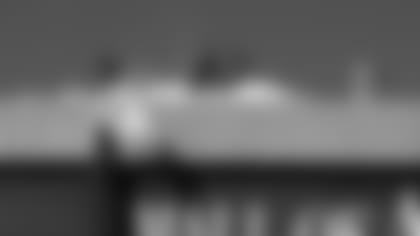
Vikings Executive Vice President of Public Affairs Lester Bagley: "Yeah, we were tracking the weather just as we do in Minnesota, and there was a big storm coming. I don't think the weather forecast did it justice; I think we got 17 inches of snow over a 48-hour period, and the night [before] the roof collapsed was when we got really heavy snow."
Eisenschenk was approached by a cameraman, Randy Carr, who asked about the building and the roof's integrity, to which he responded that things were "not in very good shape." Carr in turn set up a camera to take a time-lapse video inside the stadium.
If to this point you've thought Eisenschenk was unfamiliar, think again.
While the name might not ring a bell, thousands have no-doubt seen the grainy outline of Eisenschenk recording the fastest 40-yard dash by a forklift driver ever. Eisenschenk was on the field when the breech began and sped away just after 5 a.m., worried his time was up.
Eisenschenk: "I was done at midnight, and I told the operator coming on that I would stay. The roads were bad, and I didn't want to try to travel home. I went to First Aid and slept for a couple of hours. Before that, I had the ground crew guys move dumpsters into all four corners of the building to collect water that was running off the roof. Around 4, I got up and grabbed a forklift and started dumping these containers out. There were probably a few hundred gallons in each one. I got to the last one, and unfortunately, I spilled it behind the Vikings bench, and I thought, 'Boy, they're going to be mad about this.' "
But as it turns out, the Vikings were in for a much bigger precipitation problem.

Eisenschenk: "I heard a slide on the opposite side of the roof, on the west side of the building, and that was followed by an immense explosion. All I could see was black sky. I was on that forklift and by the time I got to the ramp itself, the [roof] was down. I wasn't looking back. I was just in a hurry to get out of there.
"The explosion was extremely loud. It sounded like a bomb going off because we had so much tension on the roof, trying to hold the roof up, so it just literally exploded. I think the ice, as it slid down it, it cut the roof and then it blew up, kind of like a ginormous balloon, if you will. […] I knew it could be a dangerous circumstance. That possibility was in the back of my mind, but at that given moment, I didn't think the roof was going to blow like it did in all honesty.
"What I did, as I took off on that forklift, I looked up at the field clock thinking, 'I'm going to die just after 5 in the morning.' That's what I thought: 'If I don't make this run, I won't make it out of here.' It was frightening."
Allen received an early morning phone call from Giants kicker Lawrence Tynes, who had been his teammate with the Chiefs. Tynes and the rest of the Giants team had been forced to stay the night in Kansas City due to the snowstorm.
Allen: "I just thought he was messing with me, right? Trying to wake me up early the day of the game. And he's like, 'Hey man … your guys' dome collapsed.' I'm like, 'What?' I thought he was messing around. I turn on the TV, sure enough, the dome [roof] had collapsed overnight. We get the phone call that the game's postponed, we don't know what's going to happen."
Greenway: "When the video surfaced [on TV], there was actually a group of us around watching it for the first time, and it was shocking. Just to see something that massive falling down in on itself, and you see the cart down on the field and the guy that's kind of scrambling out of the way, just not knowing what structure or speakers and things are falling that are heavy and can really do some damage. You kind of just think, as a player, we're in there every week, we know a lot of those guys … so you're concerned. Knowing that nobody was hurt was very good to hear."
ON TO DETROIT
After speeding out of harm's way, Eisenschenk scrambled into action.
The Metrodome, of course, was an indoor facility now entirely exposed to the elements. And as far as the kickoff scheduled for seven hours from then? It was clear the stadium would be unplayable.
By 5:15 Sunday morning, phones were ringing across the metro.
Spielman: "We were called into the office to try to figure out what we were going to do next. I remember going out to my car — couldn't get out of the driveway, so we had to shovel. The one great thing about living in Minnesota is that MN-DOT does an incredible job of getting roads cleared, so I was able to navigate my way into the office where we got together and had our first meeting: 'Where do we go from here?'
"I knew that we were not going to be able to play the New York Giants in the Metrodome after looking at the video and the damage that had happened, so we immediately got on a call with the NFL office and tried to adjust and make a plan on making sure we could still get that game in."
While Spielman, Vikings Director of Operations Luther Hippe and others worked with the league to relocate and reschedule the game, Ryan and his staff arrived at the dome to gather game-day essentials.
Ryan and three others initially were told by security they couldn't enter the building. Upon emphasizing the importance of retrieving items from the locker room, the group was given admittance with instructions to "not go in the bowl" of the stadium.
Ryan: "So the first thing we did was go look inside the bowl, saw the huge rip in the roof hanging and suspended in the air, immediately knew we weren't going to play that game there, but thought for sure we would play somewhere. I called our operations director, Luther Hippe, and let him know that he might want to start preparing for an airplane, and at that point we just went into a mode of packing up the locker room, getting every item from every player locker, every coach's locker, the training room, the equipment room, load it onto our truck ready to go to the airport."

Ryan, who first started with the team while he was in high school and the Vikings still played outdoors at Metropolitan Stadium, and his staff are professionals at preparation. The shortened timeline and multiple scenarios before a venue was determined combined to create quite a challenge.
Ryan: "Three of us stayed at the stadium, packed the entire locker room, sent [assistant equipment manager] Adam Groene back to Winter Park in Eden Prairie to start packing cold-weather gear, wet-weather gear, whatever we might need for the game, wherever it was going to be played. We basically just packed two trucks – we had to go rent a second truck because all that gear was not going to fit on one truck – and Adam continued to just pack everything he could at Winter Park. We continued packing at the stadium, got back to Winter Park, and we basically packed until they told us to head to the airport, that the airplane was there."
Spielman: "I think the biggest thing was just finding out what stadium we were going to use. I know it ended up being Detroit because [the Lions] had played Green Bay there that Sunday, and all of the FOX TV trucks were there, already set up. Our game was supposed to be a FOX game, so that was the most natural and the easiest place from a TV production standpoint, and not too far from here in Minneapolis."
Hippe: "I think within three or four hours that decision was made that we were going to Detroit [for a Monday night game]. Then, it was just [getting on the phone with] Delta headquarters to see if there was an aircraft that could be moved in that quickly or if there was one already in Minneapolis to get us there. Then you've still got to get all of your TSA screening, your buses and equipment trucks. You start taking the priority things, which was getting a plane to get us there, and then you can start getting on your phone to get us rides and buses and more of, 'How do you come up with a rooming list?' The familiarity with that Detroit Marriott, you can just kind of copy your rooming list from a previous game and get going as fast as possible."
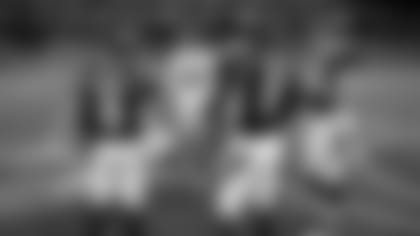
Spielman: "When you have the people in the building that we have, working together and no one panicking, it was very smooth … You just look during that time at what you have to do to get everything done that you need to get done, and then we're able to move on and play the game. Plus, I would say with my experiences, being in this league for 30 years, going through hurricanes when I was with the Miami Dolphins, forest fires when we had played on the road out in San Diego and adjusting that game to Arizona, I don't want to say you get used to it, but you know the drill and you kind of know all of the logistics that go behind moving a game when you have some natural disasters."
Vikings Turf Manager Grant Davisson received news of the collapse that morning and immediately thought of the field paint in storage becoming exposed to freezing temperatures. He drove his truck mounted with a snowplow down to the paint cage, located under the stands in the football configuration of seats and right field in the baseball layout.
Davisson: "It was surreal. And it was cold. I remember how fast it got cold."
The snow pattern stretched across more than half the field, covering the Norseman logo at midfield and spanning sideline to sideline.
Davisson grabbed the stencils his team used to paint the Norseman as well as VIKINGS in each end zone and took them to Winter Park. There would be no time in Detroit to recreate the signature 50 SEASONS ship logo that had been added for the retro end zones.
Davisson: "I literally gave the stencils to Dennis Ryan: 'This is it. This is the Norseman, this is the end zone. Good luck.' "
Davisson wondered about making the trip but instead stayed behind. He coordinated an overnight delivery of paint by the company based in Cleveland, Ohio, and a crew to paint the Norseman and VIKINGS on Ford Field's turf. The paint dried the day of the game.
Davisson was kind of glad he didn't make that trip because his next week was about to be one of the most unique of his career. By noon, he was on a phone call discussing the viability of playing a Dec. 20 home game against Chicago at the University of Minnesota.
THE END OF A STREAK
While the dome roof collapse and Minnesota's mad dash to a neighboring city certainly took over the headlines, a secondary significant storyline also was in play.
Would Brett Favre start Monday's game at Ford Field for the Vikings?
The former Packers gunslinger had signed the previous season with Minnesota and led the Vikings to the 2009 NFC Championship Game. And although the 2010 campaign seemed to be much less successful, all eyes remained on Favre's NFL-record streak of 297 consecutive starts.

Bagley: "Favre had hurt his shoulder, I think in the Buffalo game prior, and it was touch-and-go as to whether he was going to be able to play. … We'd actually hoped that with a day's delay to move our game to Monday in Detroit, that perhaps that would give Brett some extra time to recover."
Despite the additional recovery time, however, Favre was unable to play.
Bagley: "Not only did we have the famous situation of the roof collapse, but we also had the end of the 297-game playing streak by Brett Favre. I still remember when the injury deactivation report came out, I actually took a picture of it [since it had] ended Brett's streak, unfortunately."

Allen: "Anytime there's a streak on the line, that's an incredible [number] of games, but we weren't really worried about that, honestly. We were trying to win a football game. We were obviously feeling the pressure, as well, of underperforming, so to speak. Everybody just kind of assumed that we were going to be back at the top of the NFC that year, and [we struggled]. … It was just a crazy year riddled with injury, and Brett was on that list, as well.
"From a defensive standpoint, we just knew we had to go out and take care of what we needed to take care of. The offense was going to do what the offense was going to do. We always had a saying, 'Hey, if they can't score, they can't win.' So that was always our mindset. We didn't really care who was on the other side – we were just trying to accomplish what we were trying to accomplish."
HOME-FIELD AT FORD FIELD?
The team tried to put the craziness of the preceding 24 hours in the rear-view mirror and treat the Monday night game like any other contest.
Ryan: "It was just a regular game day. The players all came, there was some joking about what was going on and what could happen next, and they all took it pretty much in-stride. Brett Favre … just wanted some hot dogs when he got to the stadium. He could have cared less about anything else. He got his hot dogs, and he enjoyed them."
But Minnesota (5-7) looked to notch a win over New York (8-4) without its star quarterback and in front of a makeshift "home-field crowd."

Allen: "I've always played well at Ford Field, so (laughs). But the atmosphere was weird. It was odd. … They opened the doors, it was free to anybody that could come in, still wasn't sold out. Obviously we're not the Lions, so it's just quiet on both [sides]. It's a home game, so you're kind of trying to [generate] some energy from the crowd, and some hype, and it's not there. Honestly, the atmosphere kind of felt like the fourth preseason game where no one really cares – especially the people in the stands. We were trying to win a game, and it was just a weird dynamic. But both teams had to deal with it, so it is what it is."
Greenway: "Calling Ford Field 'home' for a game was bizarre. … It was weird to look up in the stands – we played the Giants – and to look up in the stands and not have a home color. There was not Detroit Blue; there was not Viking Purple; there was not Giants Blue. It was just black and gray and white, and it was just kind of, nobody really knew who to cheer for, nobody really had a team in the race. There were some Vikings fans who had flown over and were a part of that, but it was just really weird. And I think our team, and the game, and the result reacted sort of the way you'd think we would. We didn't play well. We lost. We went from having a home game and home-field advantage to having an 'away' game at basically a neutral site, and the Giants were playing a road game regardless. So we did not react as well as you would like."
VIKINGS RETURN OUTDOORS, FAVRE'S FINAL TD
The day of the rescheduled Giants-Vikings game, Davisson began working at the University of Minnesota where TCF Bank Stadium had opened in August 2009.
The open-air venue had been winterized, and 4 feet of snow rested on the field. (The playing surface now has a heating system that was installed when the Vikings played at the venue from 2014-15 during construction of U.S. Bank Stadium.) Piles of powder lined the aisles.
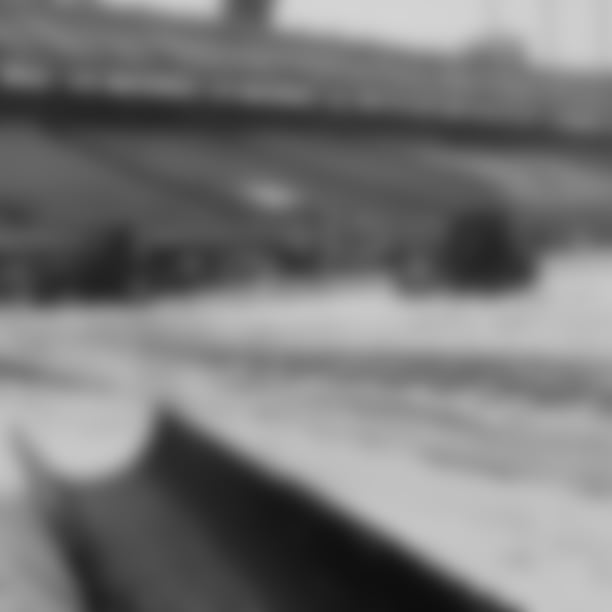
Snow shovel brigades were hired, and plows removed snow from the field, preparing for a "bubbling" process of covering it and forcing hot air between the cover and turf.
Days started before dawn. After dusk, Davisson would head to Winter Park to provide an update to Spielman or other leaders on the readiness for the Vikings to host the Bears on Monday Night Football as scheduled for Dec. 20.
Davisson: "I just remember how tired I was, and then I'd go back to the stadium. It was tiring. I didn't see my wife for a while. I slept at the stadium a lot, especially the last two nights because we did bubble the field after we got it all plowed. It groomed off really nice."
He essentially squatted at the stadium, relying on nearby fast food. He slept on the field under the tarp and also made use of a "big bench" in a "nice locker room." Davisson recently came across a Facebook memory with a receipt that had 18 Arby's orders for the crew. His wife delivered food to share with workers one night.
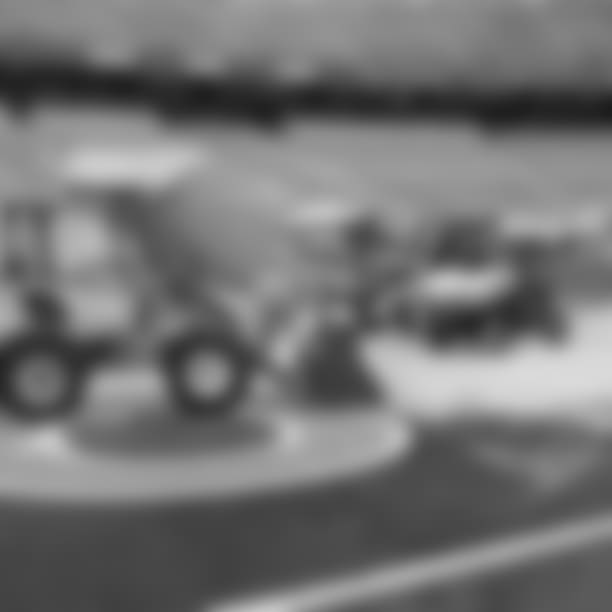
Davisson: "It was a weird life. Once we got everything cleared off, we painted it and bubbled it. We had it bubbled for like three days just to get some heat, and on game day, it was 45 degrees in the [turf] fibers. Unfortunately, it was snowing. We pulled the tarps early because Brett wanted to warm up. He didn't practice all week. We pulled the tarps early, and it got cold."
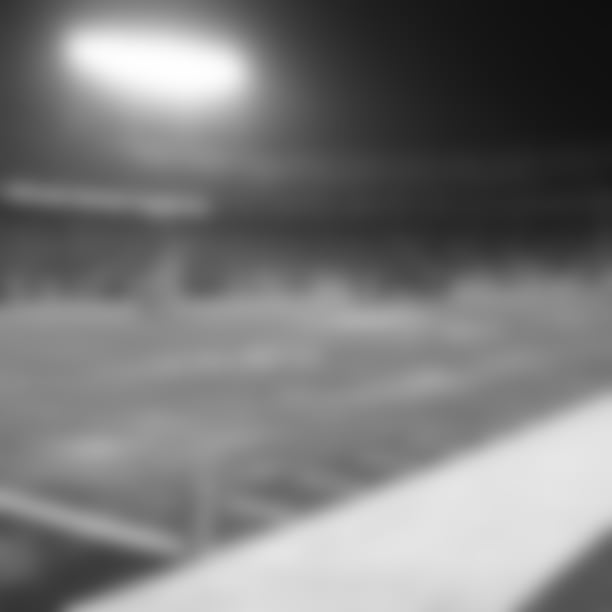
Favre returned to the lineup against the Bears and threw a 23-yard touchdown to Percy Harvin on his second pass of the night. No one knew his storied career only had five attempts remaining. An injury suffered during a sack in the second quarter forced a punt, and Favre was replaced by Joe Webb. The snowy night provided the backdrop for Favre's 508th touchdown pass, 336th interception and 525th sack.
The field that had been clear during the middle of the week endured icy patches.
Ryan: "The footing was great in some spots on the field but was awful in a lot of other areas, and there just wasn't proper footwear to wear throughout the entire field."
"We packed a lot of gear, and the guys wore a lot of gear. That was a cold night. It rained, it snowed, it sleeted. It was hailing at one point. We seemed to have every brand of weather that was available."
Greenway: "I remember seeing the hiring thing online or on TV where they're looking for snow shovelers. 'Come in, shovel the snow out of the stands, shovel the snow off the field, get it out of the stadium.' And I'm thinking, you know, frozen turf, it's going to be really cold, and we're playing a home game – a night game against the Bears. And it was about what you'd expect.
"I can remember making a tackle and diving on the field and just getting my arm tore up from the ice on the turf and sliding about 10, 15 feet, it felt like, on that turf as you're trying to make a tackle.
"Again, the way our season was going, another loss – a home loss, an ugly loss – it was just kind of indicative of that whole season, to be honest with you. But you think back, I remember looking up into the stands during the game – it's night, and the lights are on – and I can remember all the snow going up into the air. All the fans were grabbing snow and throwing it up and kind of making these, not necessarily snowballs, but these snow flurries, and it was a pretty cool sight."
The halftime ceremony honored the 50 Greatest Vikings with many of the players and Head Coach Bud Grant returning to the elements in which they starred, 29 years to the date of the last game at Metropolitan Stadium (Dec. 20, 1981).
Minnesota's final two games of the 2010 season involved trips to Philadelphia for a game that was delayed from Sunday to Tuesday because of forecasted snow and a season finale at Detroit. The Vikings defeated the Eagles but lost to the Lions to finish 6-10 a year after making it to the NFC Championship.
Allen: "It was just a hot mess. I think it was just one of those seasons where you just shake your head and say, 'Anything that can go wrong, will go wrong.' What is that, Murphy's Law? It was one of those deals."
RESILIENCY REWARDED
Consensus grew that the Metrodome — the world's only venue to host a Super Bowl, World Series, MLB All-Star Game and NCAA Men's Final Four — had served its intention and was past its prime.
Bagley: "At the time of the roof collapse, we were in the middle of a long-term stadium debate, and our argument for a new stadium in Minneapolis was the fact that the Metrodome was obsolete. It was basically a concrete bunker with a Teflon roof. It wasn't complicated, and it wasn't a long-term, viable facility for our market."
In the short term, the roof and the turf that molded from the precipitation were replaced in time for the 2011 season, but the Vikings maintained their quest for a new home. Some countered that the building had a new roof so it should be good to go.
After a 10-year effort by team officials and Vikings fans, legislation for a new stadium passed in May 2012.
The decision that the new venue — eventually named U.S. Bank Stadium — would be placed on the Metrodome site involved a tight turnaround.
Groundbreaking for U.S. Bank Stadium occurred on Dec. 3, 2013, and the Metrodome hosted its final Vikings game 26 days later.
It also wound up being Allen's final game in Vikings Purple.
Additionally, the location meant that the Vikings would return to the elements for two seasons at the University of Minnesota during construction of their new iconic home.
Davisson: "Having the game there in '10 really helped us for when we were going to play there for two years, because we knew what we needed and what could go wrong, even though more things went wrong.
As the Vikings learned to remake their home-field advantage and become the first team playing home games in a temporary stadium to host a playoff game, work continued on the east end of downtown Minneapolis, sparking developments on nearby blocks and altering the skyline.
The elements — particularly snow removal, but also a desire to incorporate as much natural light as possible — prompted architects with HKS to use state-of-the-art, clear ETFE on 60 percent of the roof. The panels are super strong. Air-support is still incorporated, but over a much smaller span.
U.S. Bank Stadium became the first major sports venue in North America to use ETFE, which allowed the use of just one centralized ridge truss and saved 2,000 tons of structural steel. The building's sharp roofline on the other 40 percent and the ETFE help U.S. Bank Stadium shed snow into its giant snow gutter. Heaters melt the snow, and the water goes through the venue's stormwater management system.
Bagley: "The fact that we took 12 years to get our stadium deal through the community and legislature gave us plenty of time to visit stadiums throughout the league. We found out what we liked, what we didn't like, so we kind of had a pretty good vision of what we wanted to see, and paramount to what we wanted to see was a home-field advantage. The Metrodome provided a great home-field advantage in terms of volume level, but building a new stadium and imagining that home-field advantage was the challenge. Designing it with the ETFE roof, the transparent roof, and the pivoting doors was important. It also turned out that the angle of the roof – and the angle of the roof was designed to get the snow off the roof so we could avoid any future situations – also helped as a reflector. It reflects the sound back and actually sort of angles toward the visiting bench. So the glass pivoting doors, the ETFE roof was really important to the noise level. And just designing an intimate bowl, an intimate fan experience, turned out to be a great home-field advantage at U.S. Bank Stadium."
Consider Allen a bit of a traditionalist. Sure he's able to appreciate modern conveniences and a path to the locker room without an elevator filled with hot dog and nacho aromatics, but he also has tremendous memories of playing under the Metrodome's pillow top and wild recollections caused by the roof's demise.
Allen: "Yeah, for sure. They gave us a tour – my wife and I and the kids – and I was just like, 'This is ridiculous. Kids are spoiled these days.' But no, it's a beautiful stadium. The city deserves it, honestly. It's such a beautiful place; it's such a beautiful part of downtown. I really, I was blown away. They took kind of the best of all the new stadiums around and put it into one. It's phenomenal. It provides such an amazing atmosphere for football, and I'm a little sad I didn't get to play in it."
Greenway's career began in the Metrodome on Aug. 14, 2006. The first-round pick tore his ACL while covering a kickoff in Minnesota's preseason opener. The South Dakota native bounced back and played through 2016, showing grit on the field and becoming a pillar of the Twin Cities community in which he continues to live.
The Viking for life knows the life of the Vikings, as evidenced by the way the organization managed the crisis to solve immediate problems and continue working toward a long-term solution.
Greenway: "Well, I think it says a lot about the Vikings organization. The one thing is, we're a little hamstrung sometimes. Sometimes we get some poor luck. And that's kind of followed us throughout our career, or throughout our organization's [history]. But the other thing I'll say is, very resilient people in general, from ownership, to management, all the way down to our staff – support staff, players and coaches. It never became an excuse. It never became a, 'Well, this happened, so we can't have success.'
"And even though we were going through a rough year, it never became part of that story. We wanted to kind of push through that and obviously have success in our own way as a team and as individuals, but I'll say a resilient group, the Minnesota Vikings are. Great ownership. And I think it says a lot about an organization that can go through that crazy, chaotic series of weeks and still come out in one piece.
"I love the Vikings for that and [love] being a part of that crazy year. I think you look back at the 2010 season, and I'm glad there's a special about this, because it truly is an unbelievable year. And even from a player's perspective, there's so many things that went on behind the scenes that make it a really juicy story. I'm glad it's being told."
By: Craig Peters & Lindsey Young



